THE RACE: At Play in the Fields of a “Lost World”

“Jita,”the Principe house snake (above, Lamprophis); the Sao Tome form is striped, not blotched. They are different species from each other and from mainland relatives, and we are in the process of describing them.
As I began to write this, Drs Lauren Esposito and Rayna Bell were spending their second rain-drenched night camping in the rugged southern end of Príncipe, accompanied by biologist Felipe Spina of the Príncipe Trust and local guide, Balô. Like the botanists a week and a half ago, they traveled by boat (there are no roads in the southern two-thirds of the island) to the Rio Porco, which drains an isolated valley where a likely new species of Scops owl was recently discovered by Felipe. It had been pouring rain since they left, and we had just learned (by lucky text) that they proceeded to the top of Pico Mesa! So for the first time ever, we have had two different teams exploring this remote and difficult “lost world” on Príncipe Island. The team has since returned, safe and sound, and we are now back on São Tomé-the big island

The Belo Monte boat; Pico Mesa in the background.

Left, Filipe Spina, Principe Trust biologist with Rayna Bell.
Lauren is a relatively new Academy faculty member of our Entomology Department who specializes on the biology of scorpions. But given that only one species has ever been recorded here (by us on São Tomé in 2001), she is donning the cloak of general arachnologist, sampling spiders, amblypigids and other poorly known island invertebrate faunas. She thus joins the ranks of earlier expedition members such as Drs. Charles Griswold, Joel Ledford, and Tamas Szuts of Hungary.
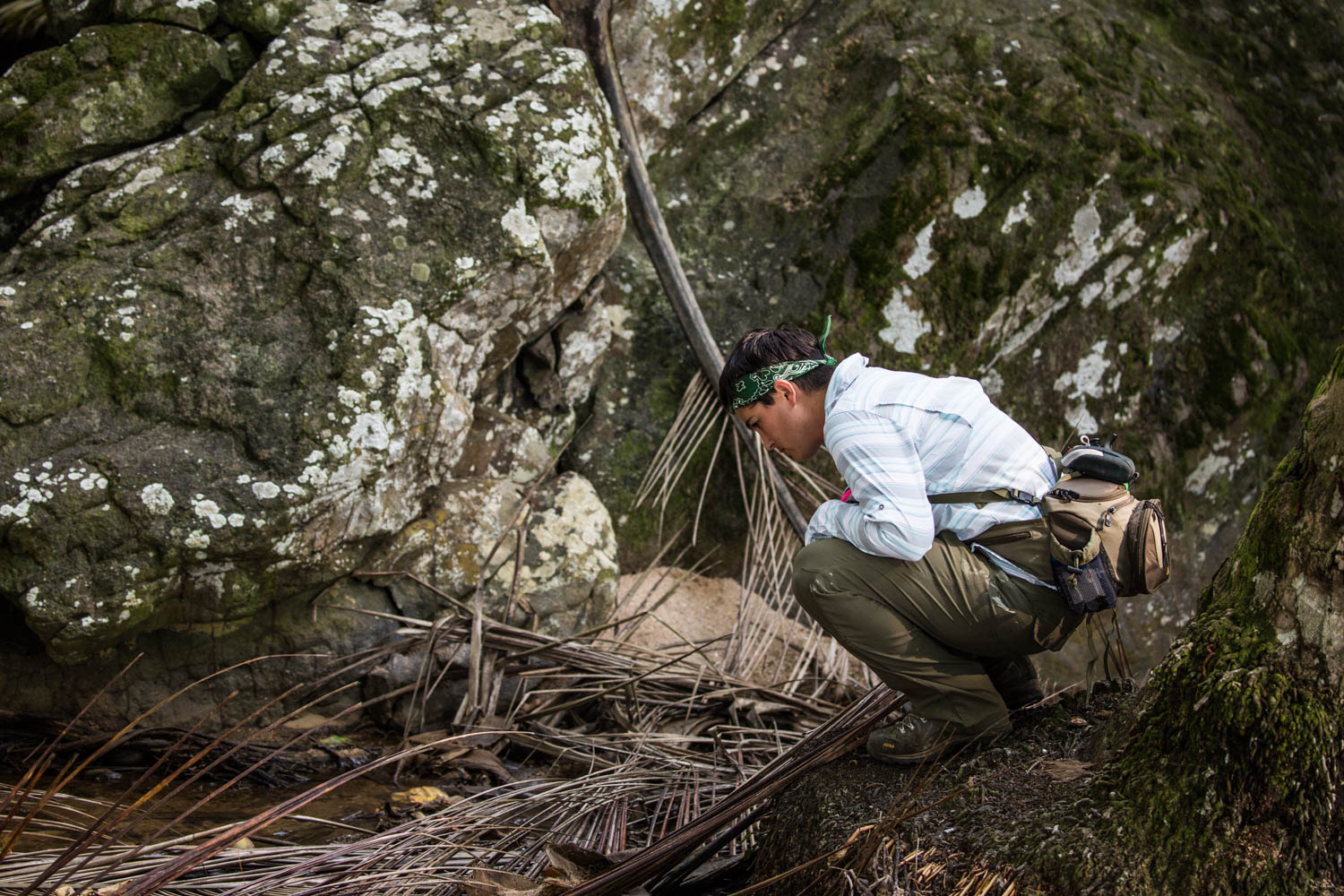
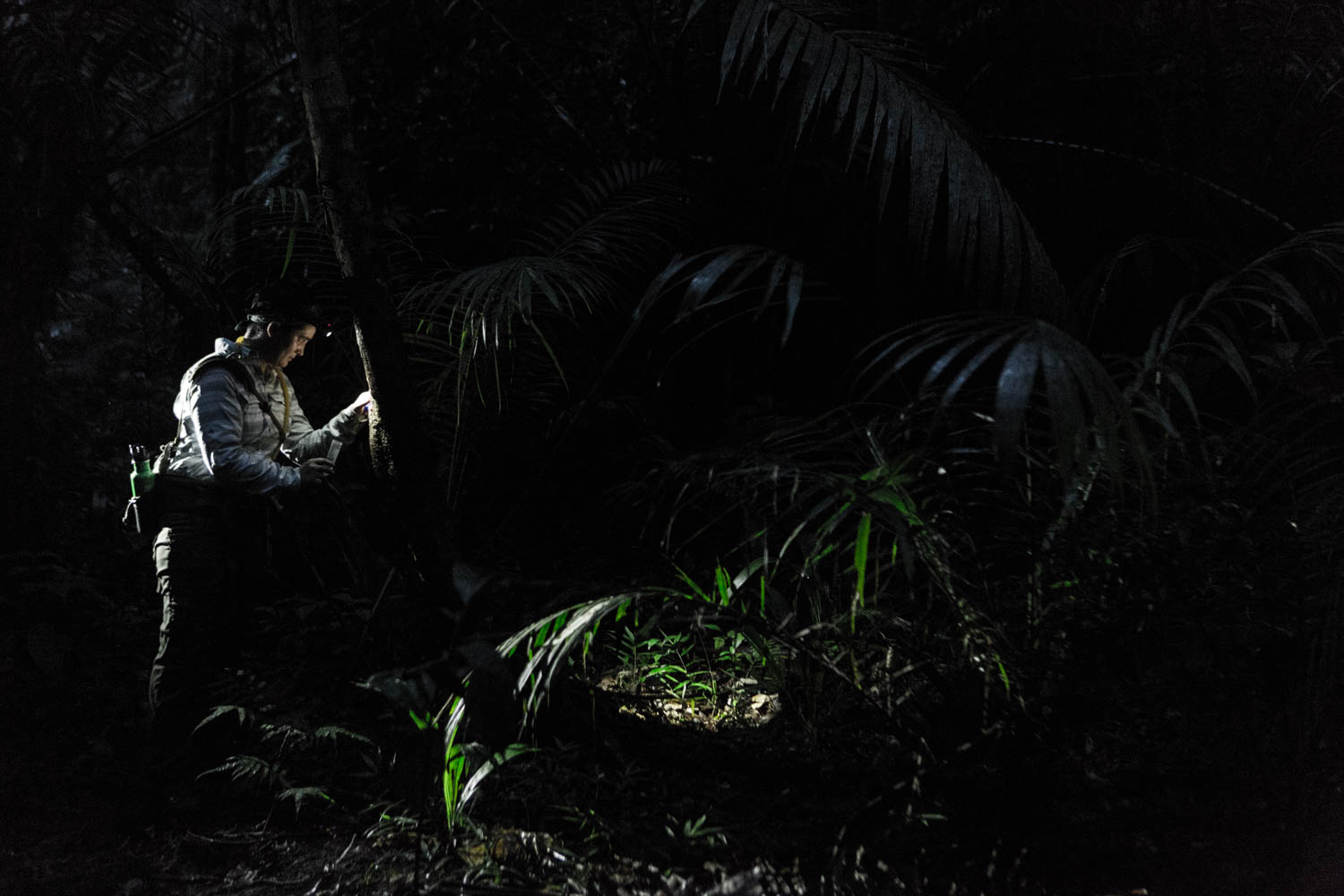
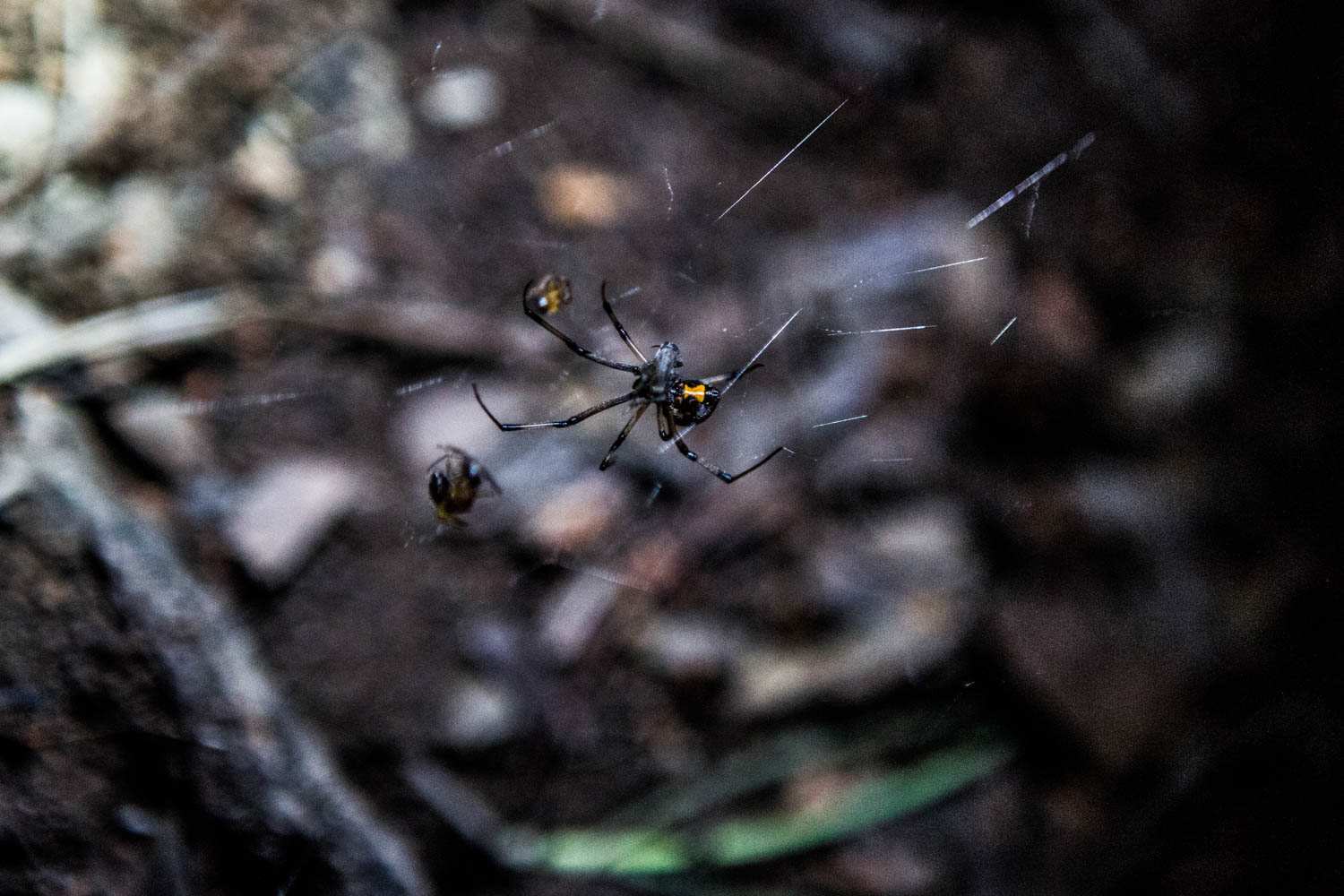
Latrodectus

Heteropoda
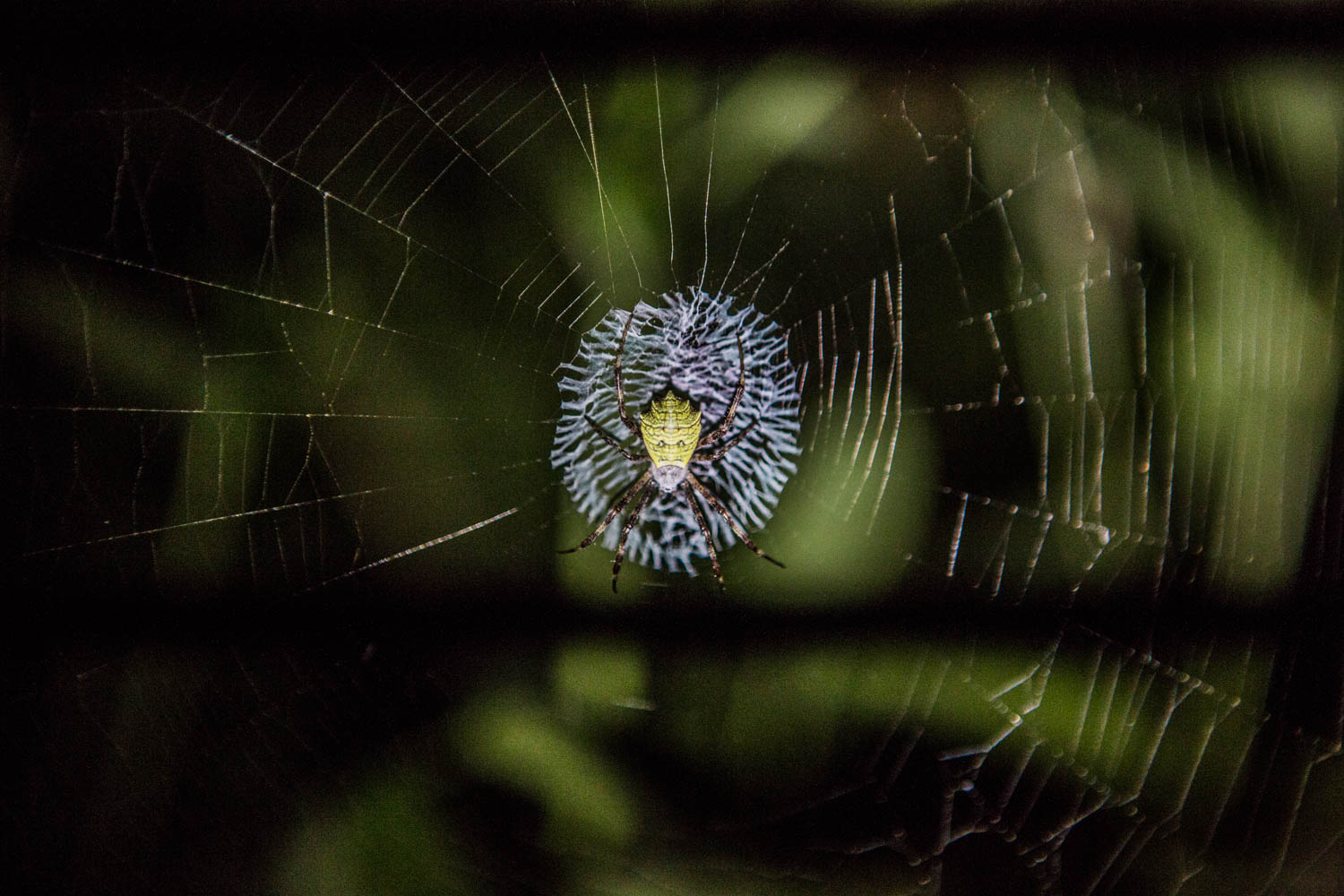
Leptopholcus
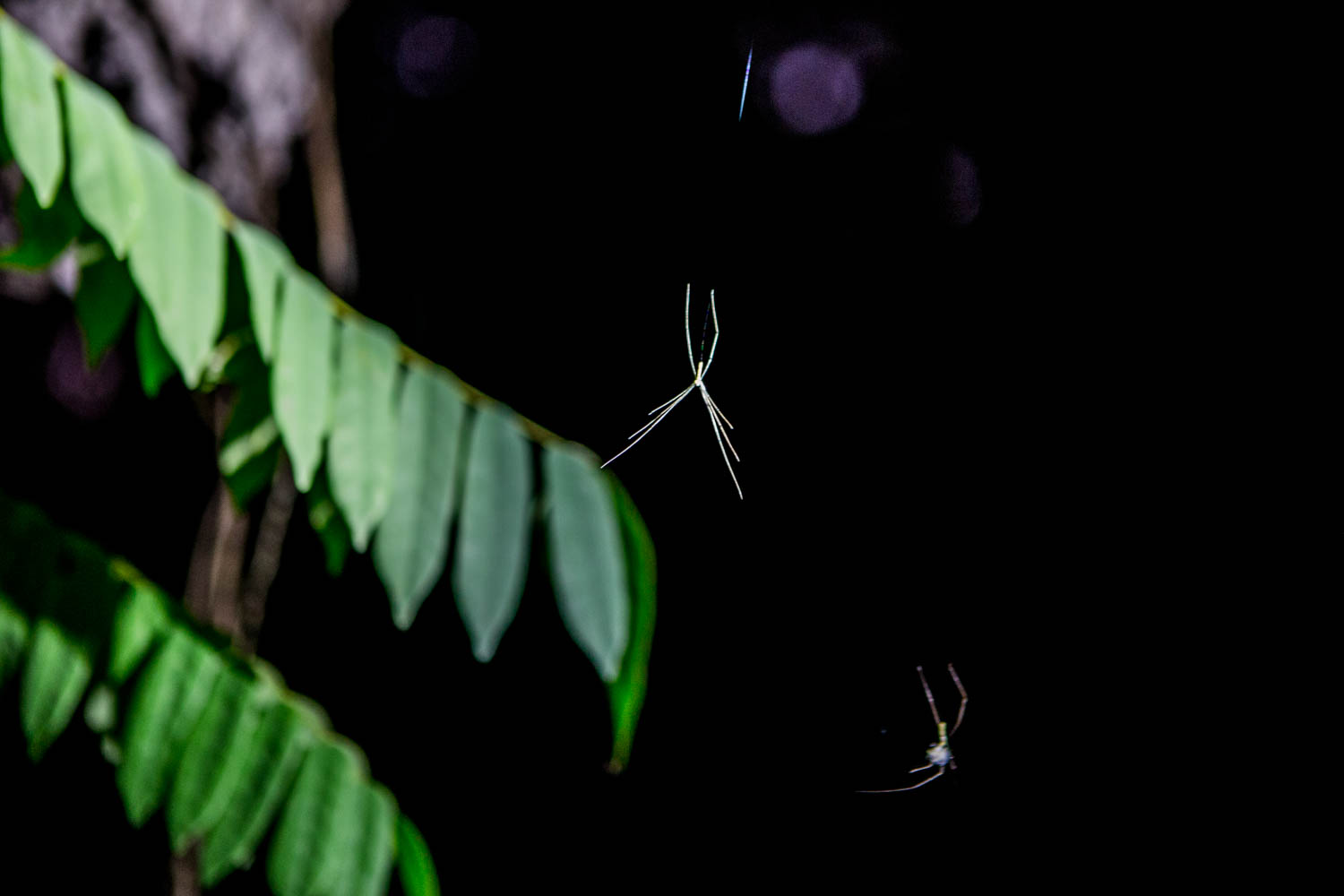
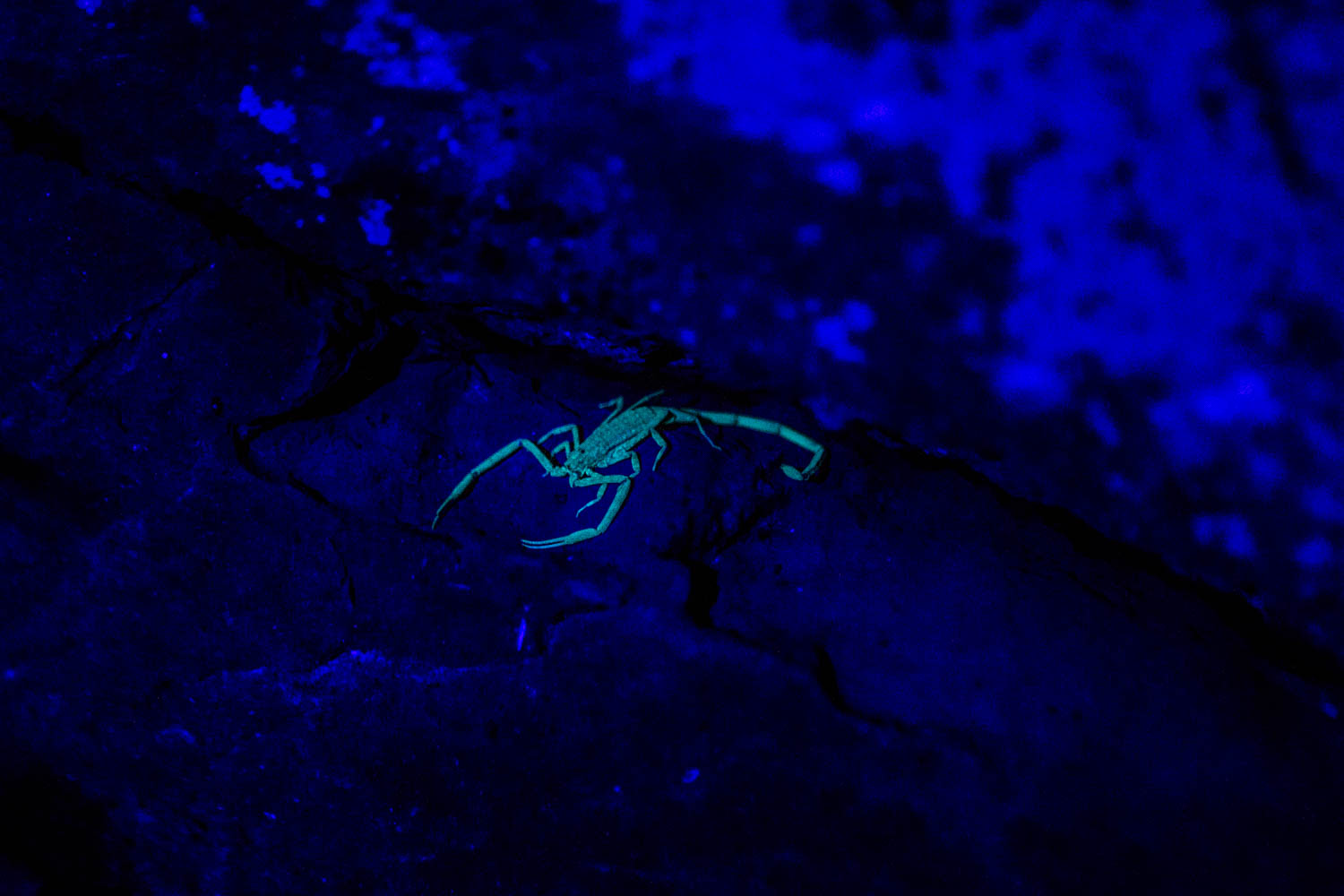
Above is Isometrus, the only scorpion species known from the island; this specimen is from the basalt cliffs of the northwestern part of the island. Scorpions glow under ultraviolet light. Lauren has also been very involved with our education project; she brings the experience of having founded and continues to run an extensive similar program in the West Indies.
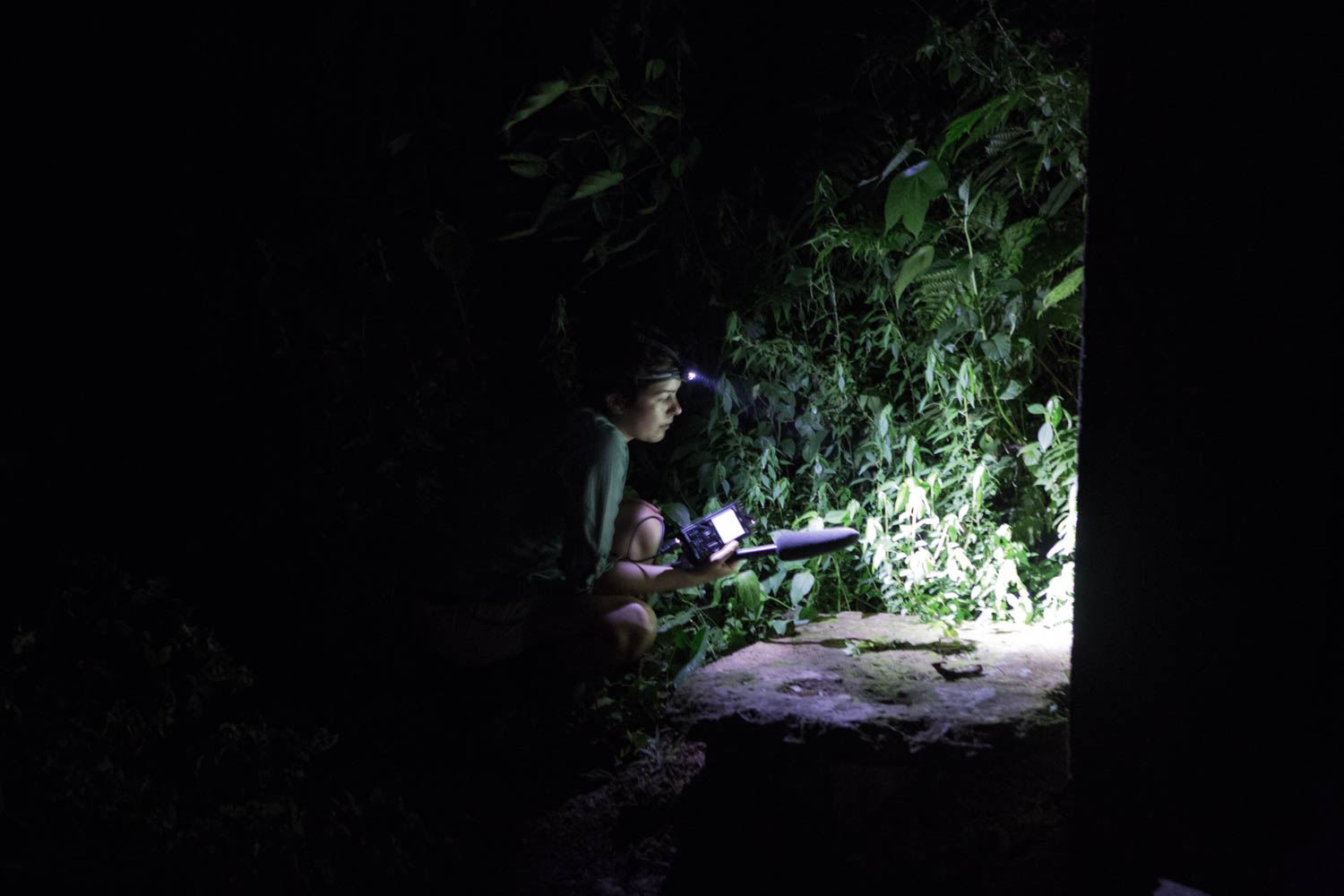
Rayna Bell (above) has returned as a team member for the fifth time. After completing her postdoctoral appointment at the University of California, she became the new curator of herpetology at the Smithsonian Institution, our U.S. National Museum.

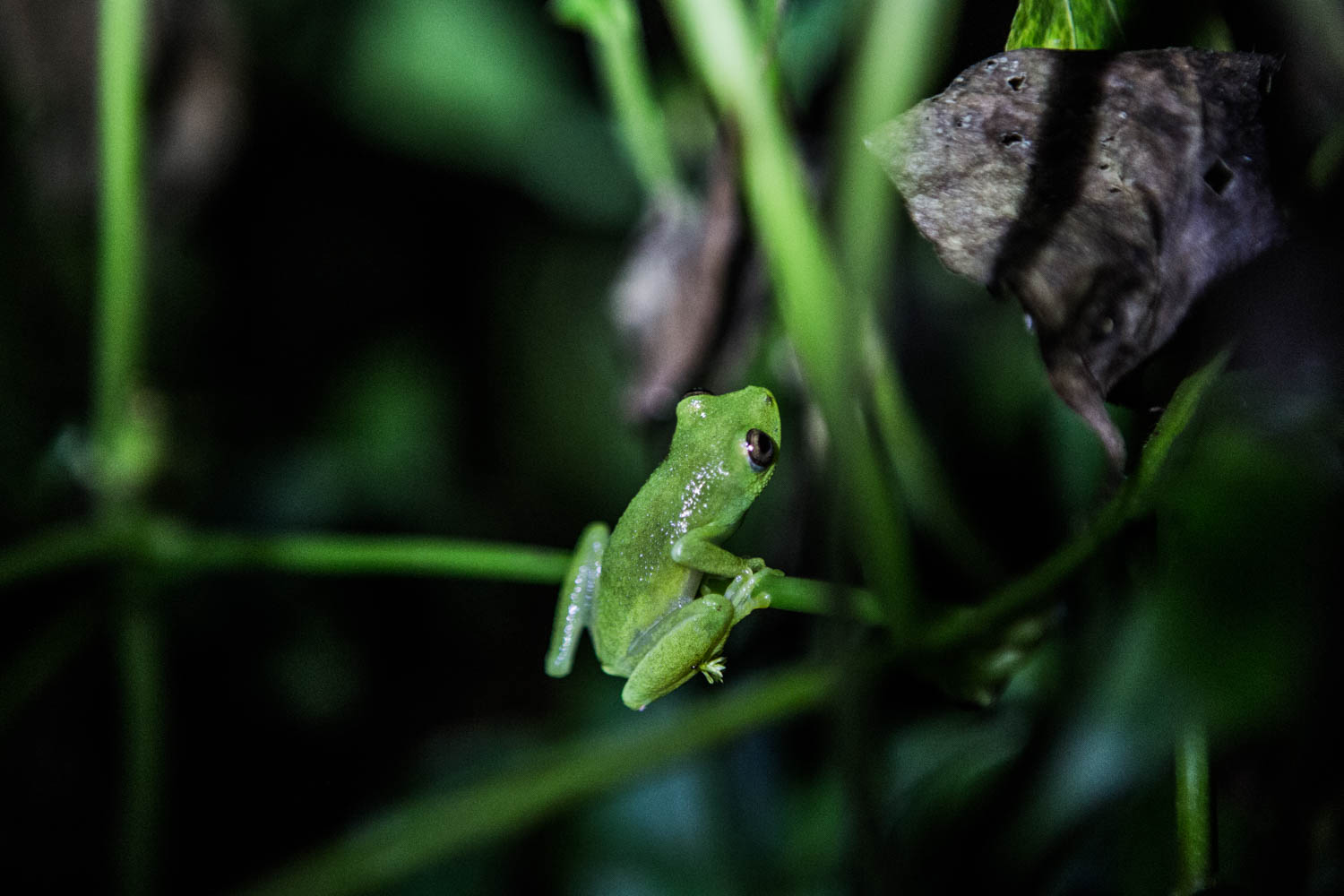
Among her recent discoveries is that the green tree frog of Príncipe (above) is quite different from its similar counterpart on São Tomé; the scientific description will be published this month and will bring the amphibian biodiversity of the islands to eight endemic species! Rayna is also studying development (egg mass below)
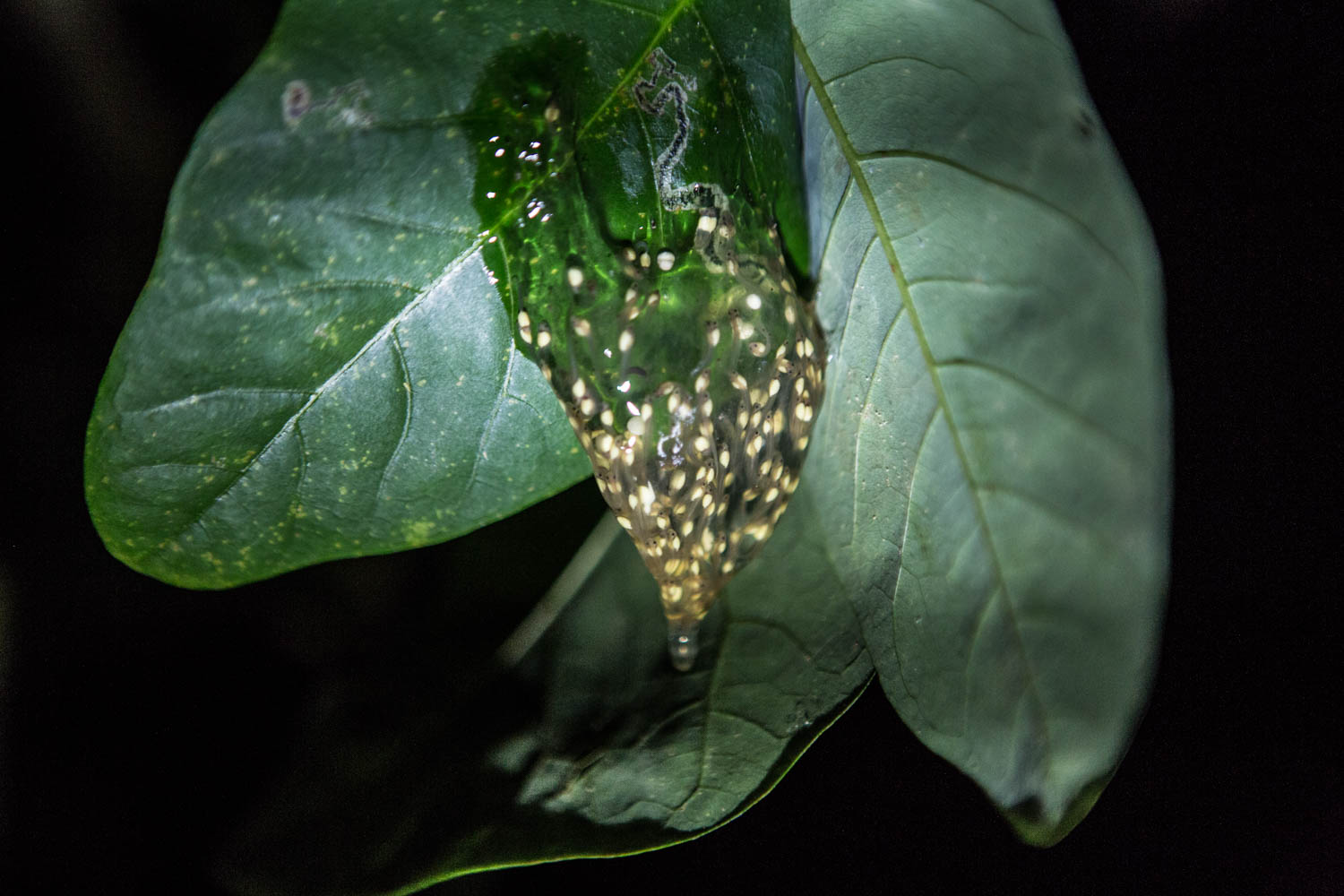

The new green tree from of Principe Island.
.Dr. Bell is currently working on understanding more about the biology of the enigmatic Príncipe giant tree frog, Leptopelis palmatus. Prior to our 2001 expedition this largest of African tree frogs was known only from a single female specimen collected over 100 years ago. During our first work on Príncipe, we were able to collect and describe the much smaller males of this species but even to this day, the larvae (tadpoles) remain unknown. As can be seen above, the highly variable colors and patterns in this species are very unusual; they exhibits a high level of color and pattern polymorphism. The reason for this is unclear; in such cases, this variation is usuall due to natural selection for crypsis (camouflage), mate recognition or sexual dichromatism. We have no evidence that the frogs are particularly distasteful or toxic to predators; i.e., warning or “aposematic” coloration.
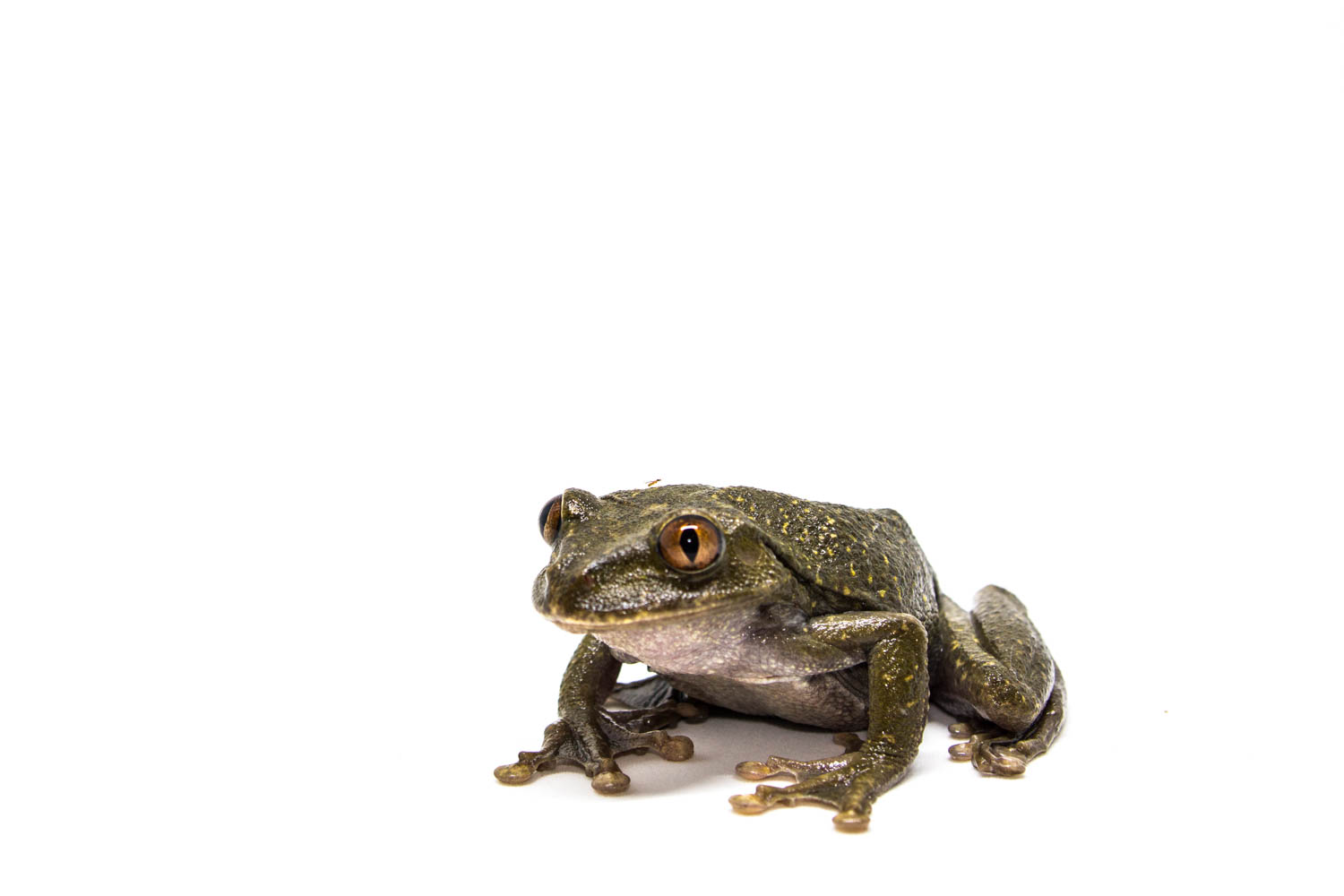
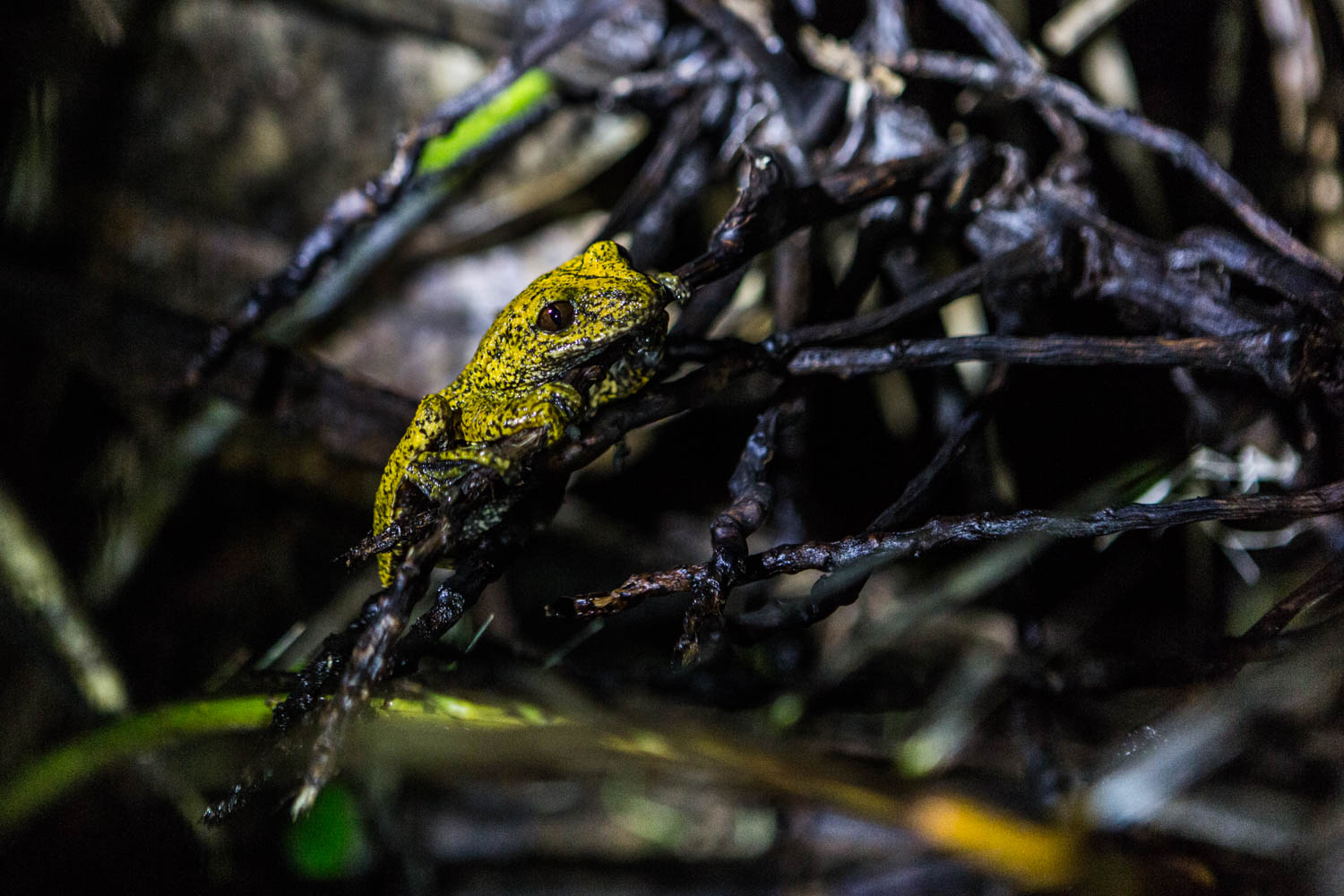

Also, adult tree frogs of this species appear to attain sexual maturity at varying sizes; reproductively mature males and females on the mainland usually attain a fairly narrow range of size. Early indications suggest this is probably not the case with the giant tree frog of Príncipe, where mature females appear to vary in size within 20-30mm.

Maria Adelina Jeronimo has returned with us for her second expedition, having completed all but her thesis defense for her PhD at the New University of Lisbon (Gulbenkian Institution). She is an expert on butterfly genetics, and particularly interested in environmental influences upon gene expression. In GG IX, she worked with Dr. Luis Mendes specimens to support his monograph of the island lepidoptera.

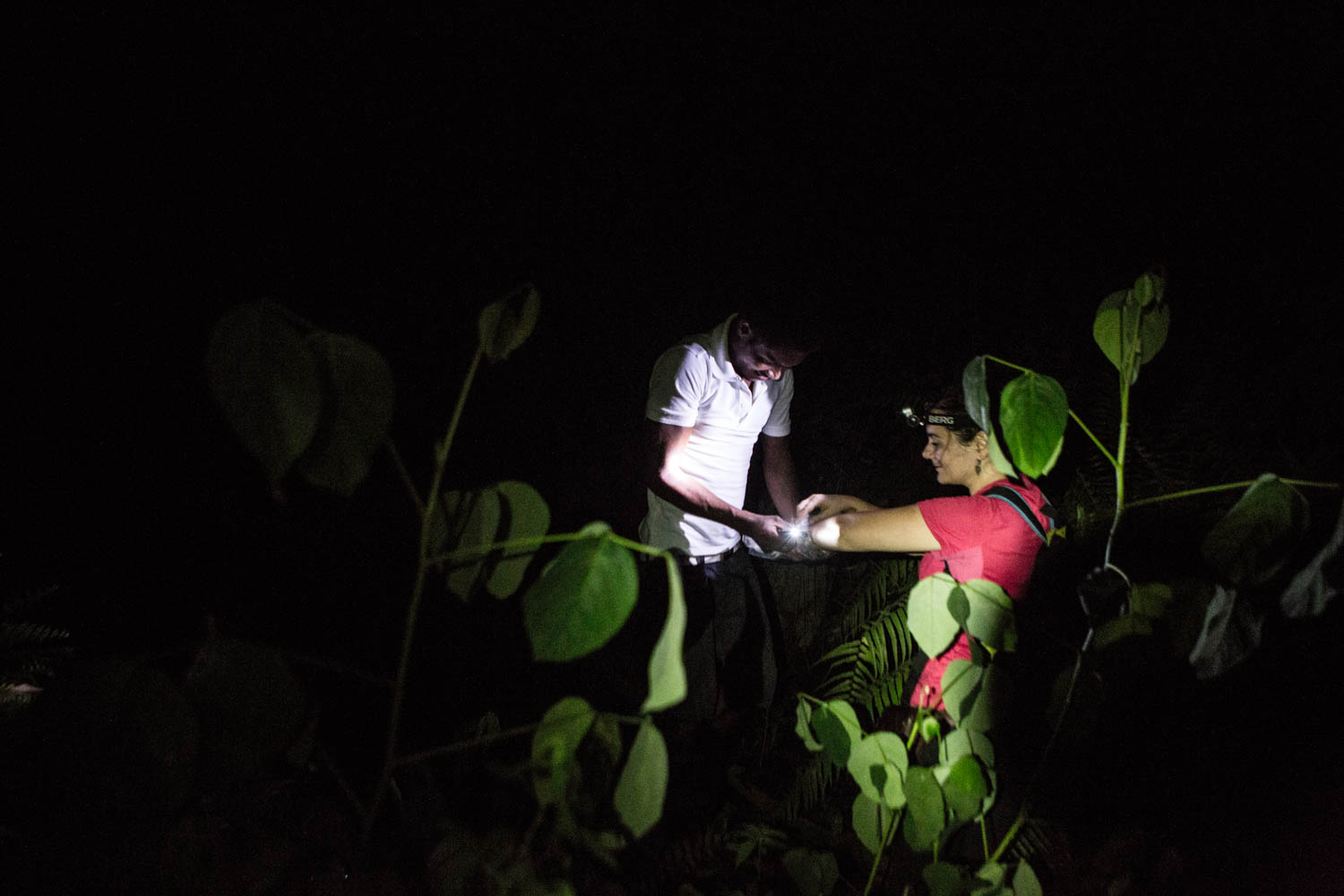
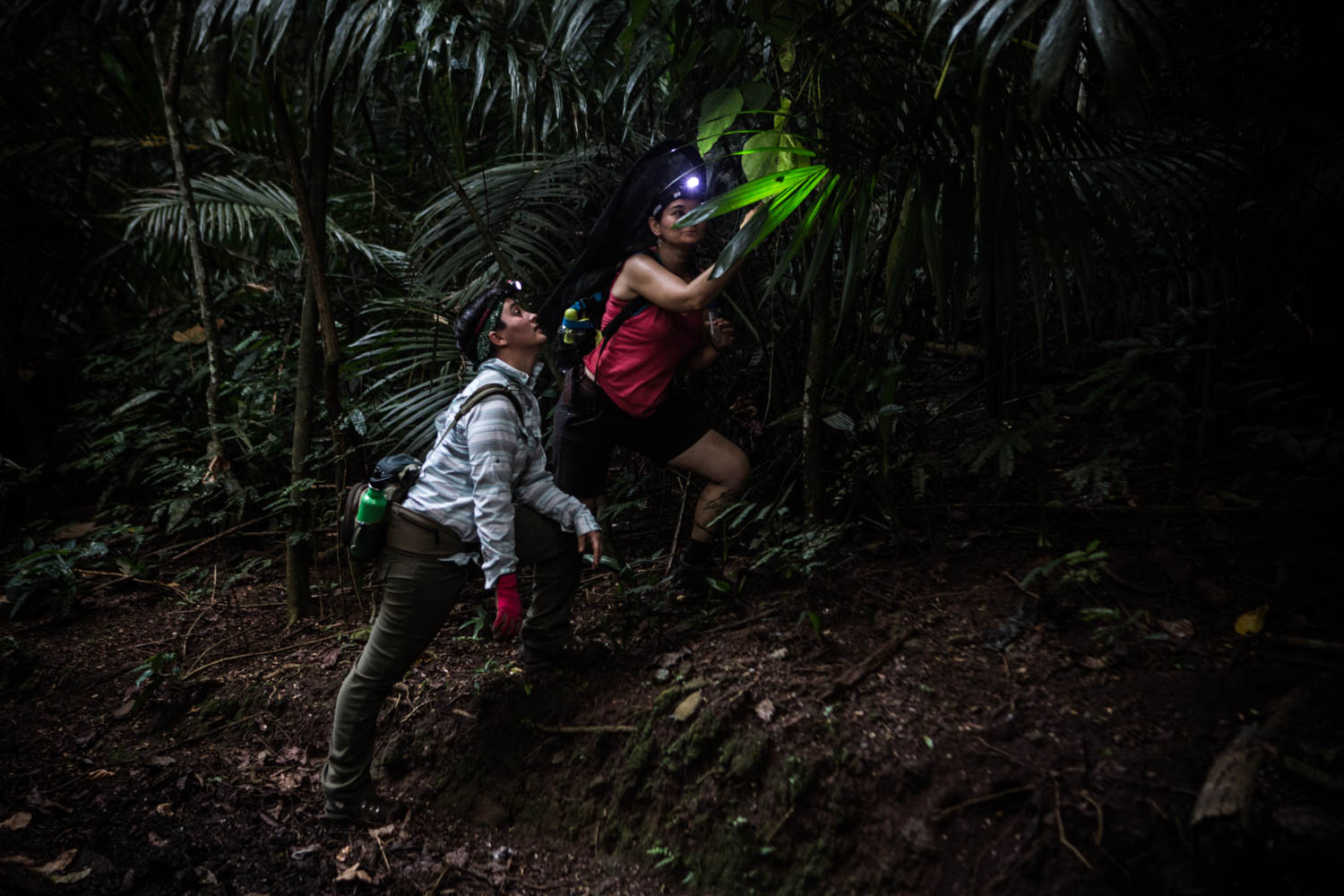
Lauren and Maria (right) working at night on Sao Tome.
Most of Maria’s specimens (below) must be examined in the laboratory before they can be postively identified.
 Eurema hecabe
Eurema hecabe
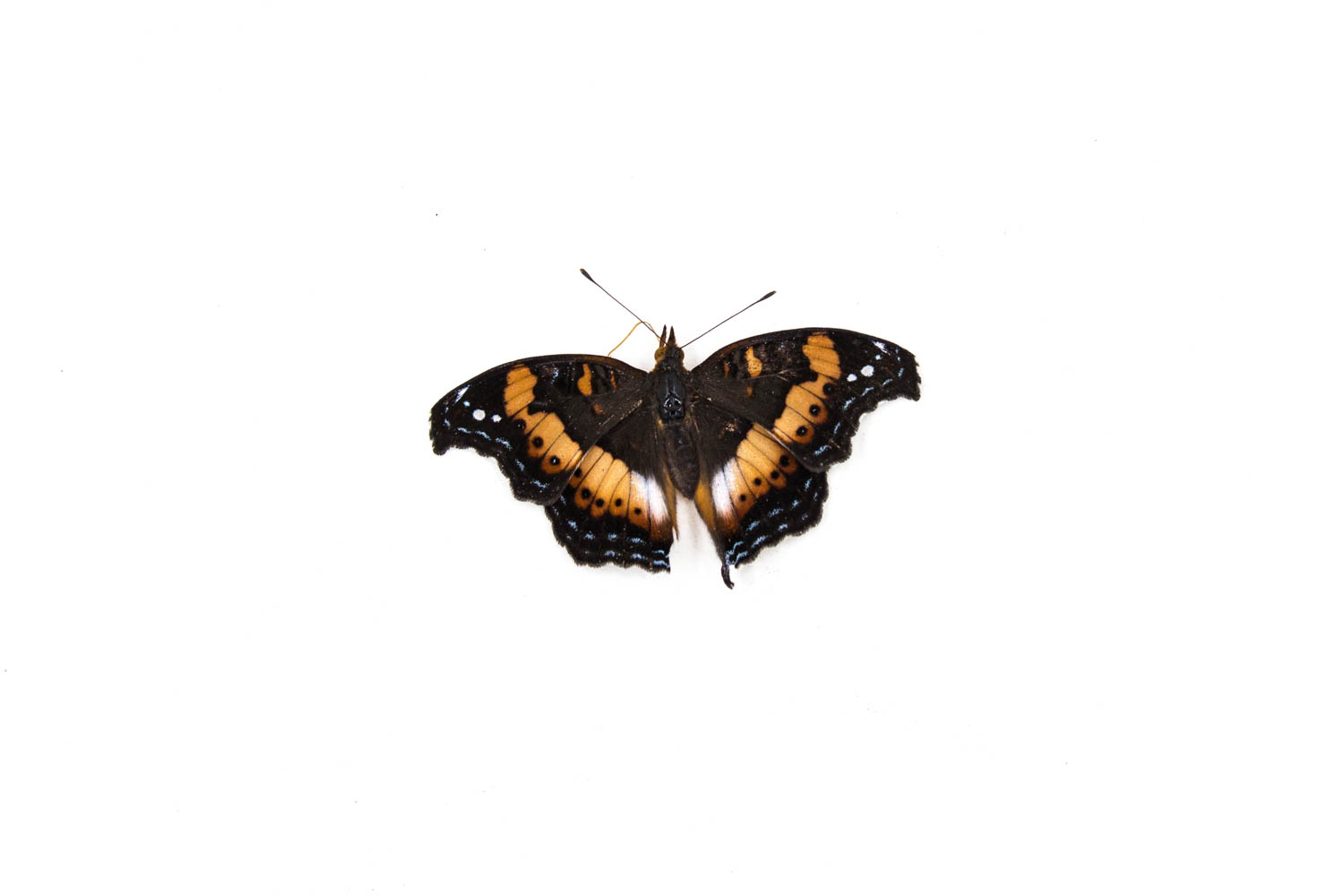
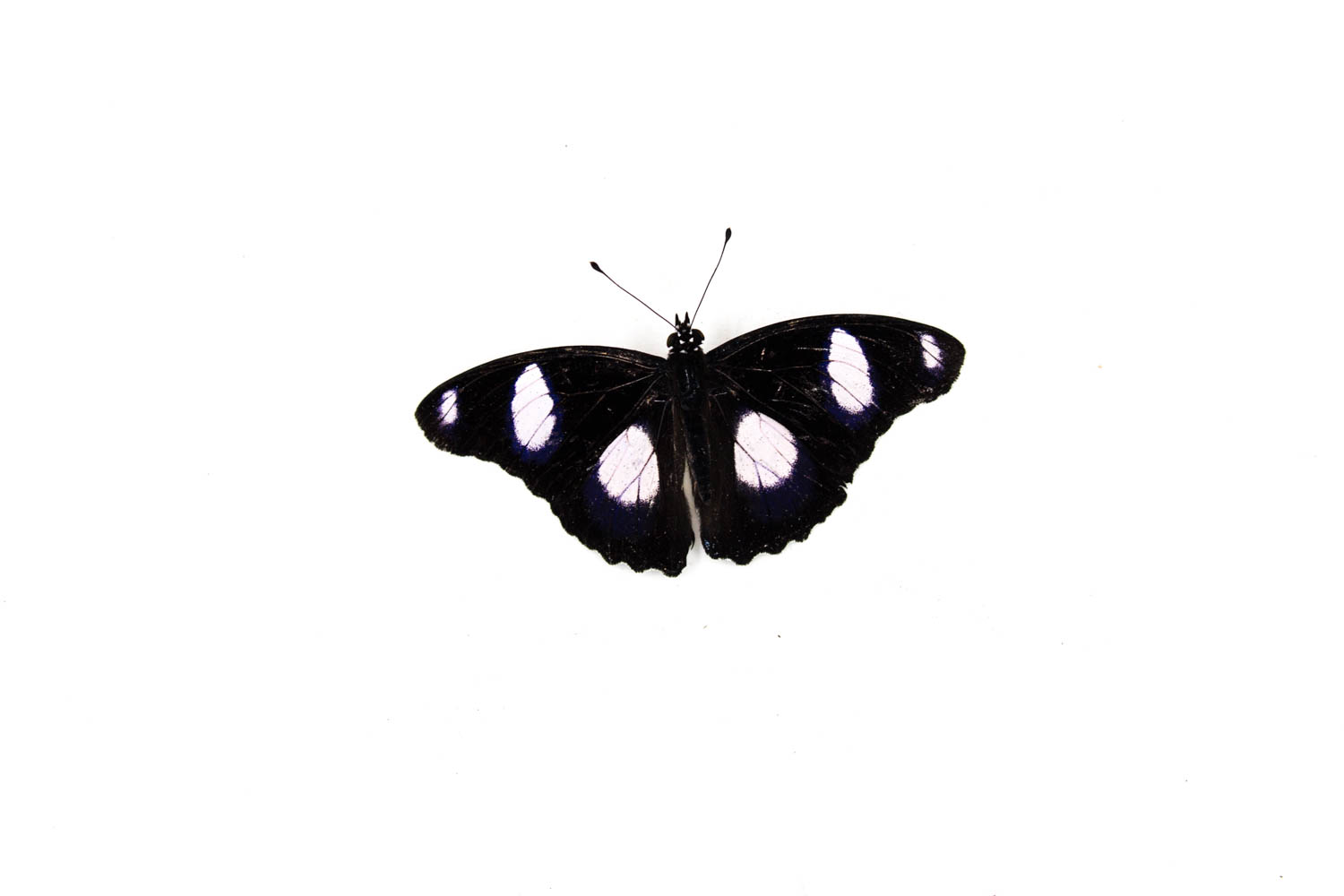



In addition to continuing to sample butterfly and moth species in the field, she has been closely involved the production and presentation of our primary school biodiversity awareness program. As readers already know, this program annually reaches around 2,000 third, fourth or fifth grade students in different schools on both islands.
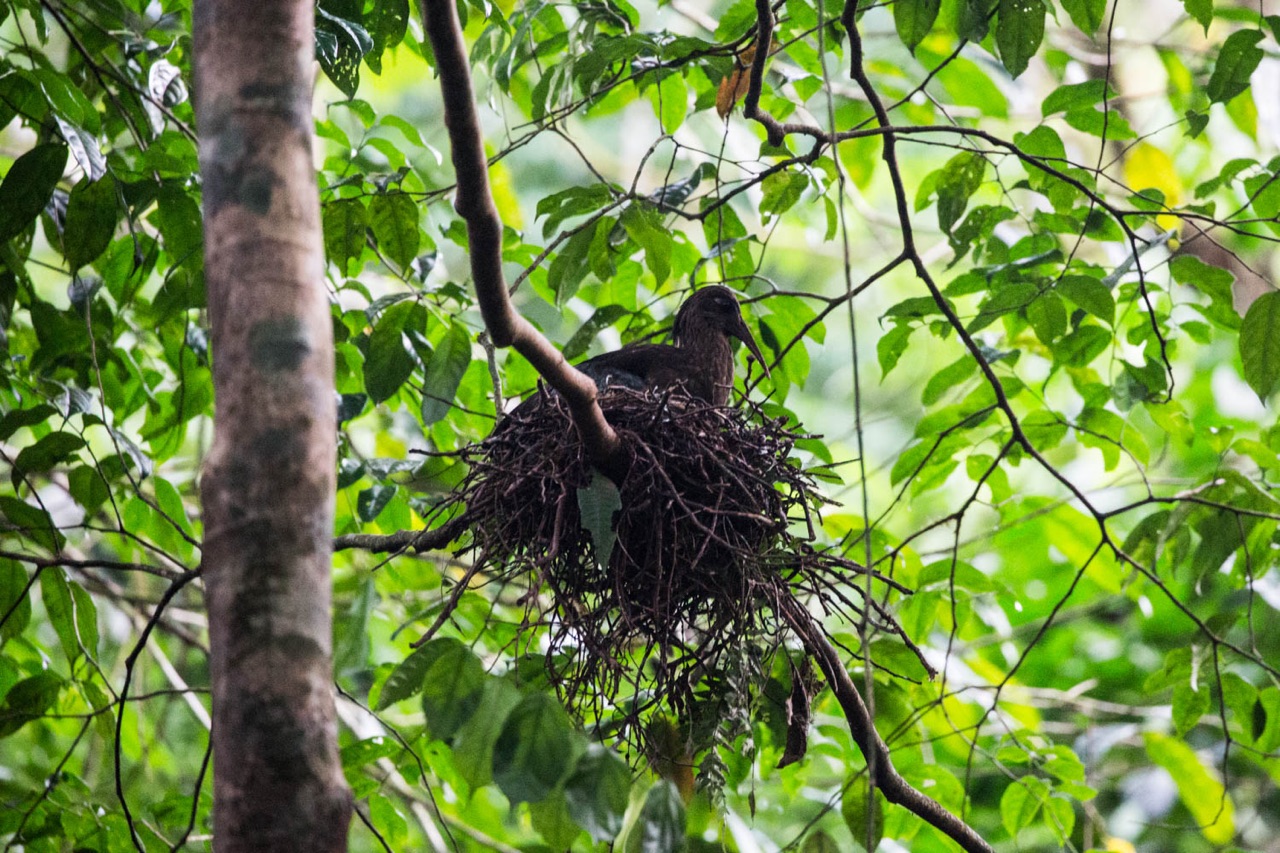
As a last project, the team went south on Sao Tome into the habitat of the endemic ibis, the Galinhola. This endemic is the smallest ibis in the world and is highly endangered by habitat loss and hunters seeking bush meat. And below is the endemic gecko, Hemidactylus greeffi, found only on Sao Tome
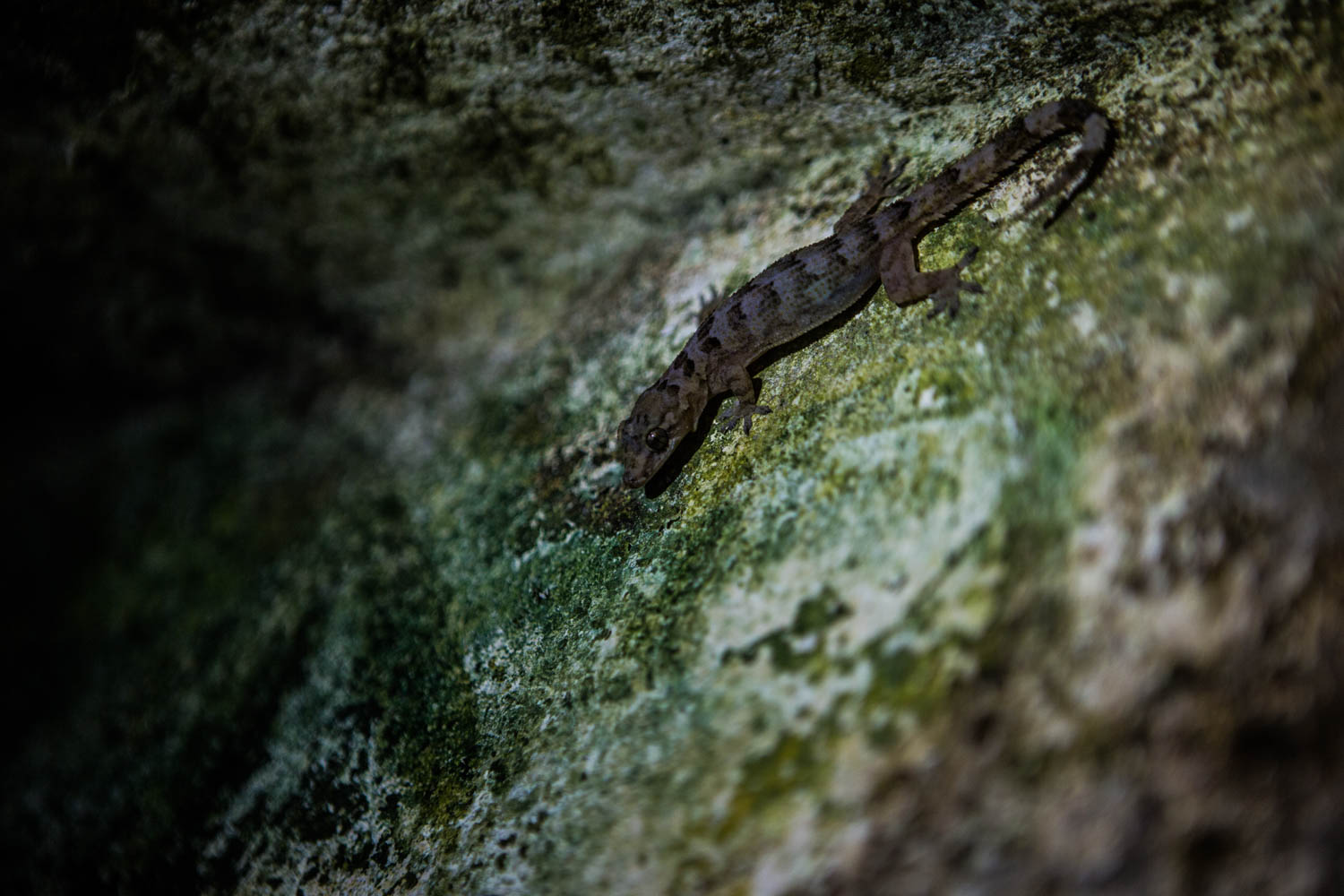

Ex Africa Semper Aliquid Novi; indeed, there is always something new out of Africa.I have just learned that Drs Dennis Desjardin and Brian Perry just published the 4th scientific paper based on their collections made on Sao Tome and Principe much earlier (Gulf of Guinea expeditions II and III).

To date, they have added 25 new species records for the two islands and described six unique, endemicss. There is a great deal of material yet to be examined; they estimate there are many more undescribed fungi in the collection.Here’s the Parting Shot:
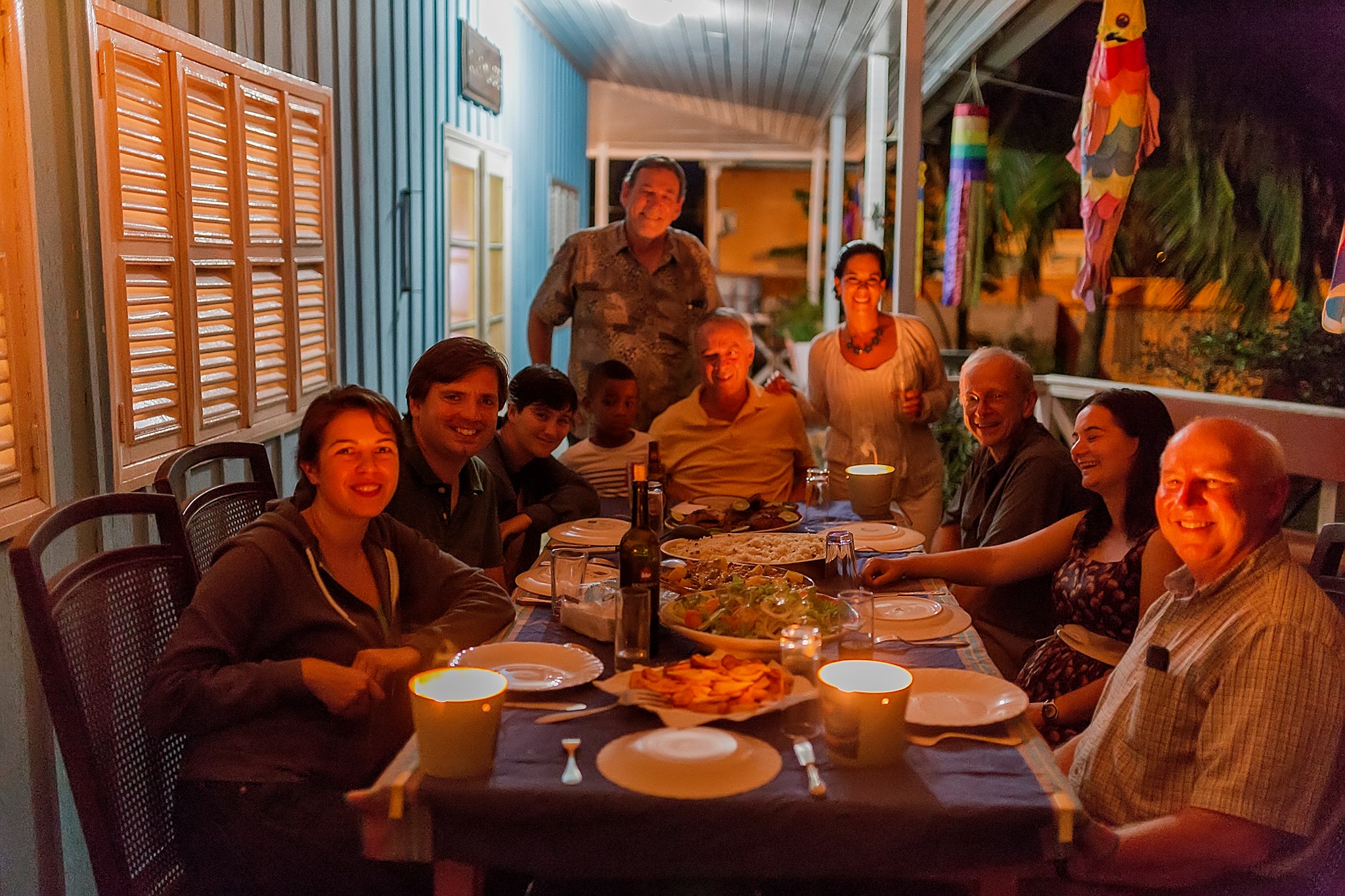
Members of Gulf of Guinea IX dining with our old friend and host, Ned Seligman of the NGO, STeP UP. Left to right, Rayna Bell, Cesar Garcia, Lauren Esposito (small son of Danny’s, Bob, Ned, Roberta Ayres, Tom Daniel, Maria Jeronimo and Jim Shevock.
PARTNERS
Our research and educational expeditions are supported by tax-deductable donations to the “California Academy of Sciences Gulf of Guinea Fund.”* On the islands, we are grateful for ongoing governmental support, and especially to Arlindo de Ceita Carvalho, Director General of the Ministry of the Environment and Faustino de Oliviera of the Forestry Department, Republic of São Tomé and Príncipe, for their continuing authorization to collect and export specimens for study, and to Ned Seligman, Roberta dos Santos and Quintino Quade of STePUP of Sao Tome, our “home away from home”. Gulf of Guinea XI has been funded in part by a generous grant from The William K. Bowes Jr. Foundation, and substantial donations from Rod C. M. Hall, Timothy M. Muller, Mr. and Mrs. John L. Sullivan Jr., Mr. and Mrs. John Sears, and a heartening number of “Coolies”. Once again we are deeply grateful for the support of the Omali Lodge (HBD-São Tomé) and Roça Belo Monte (Africa’s Eden-Príncipe) for both logistics and lodging, and to the Príncipe Trust for partial sponsorship of the production of our primary school, biodiversity awareness education program.
*California Academy of Sciences
55 Music Concourse Dr.
San Francisco, CA 94118
USA

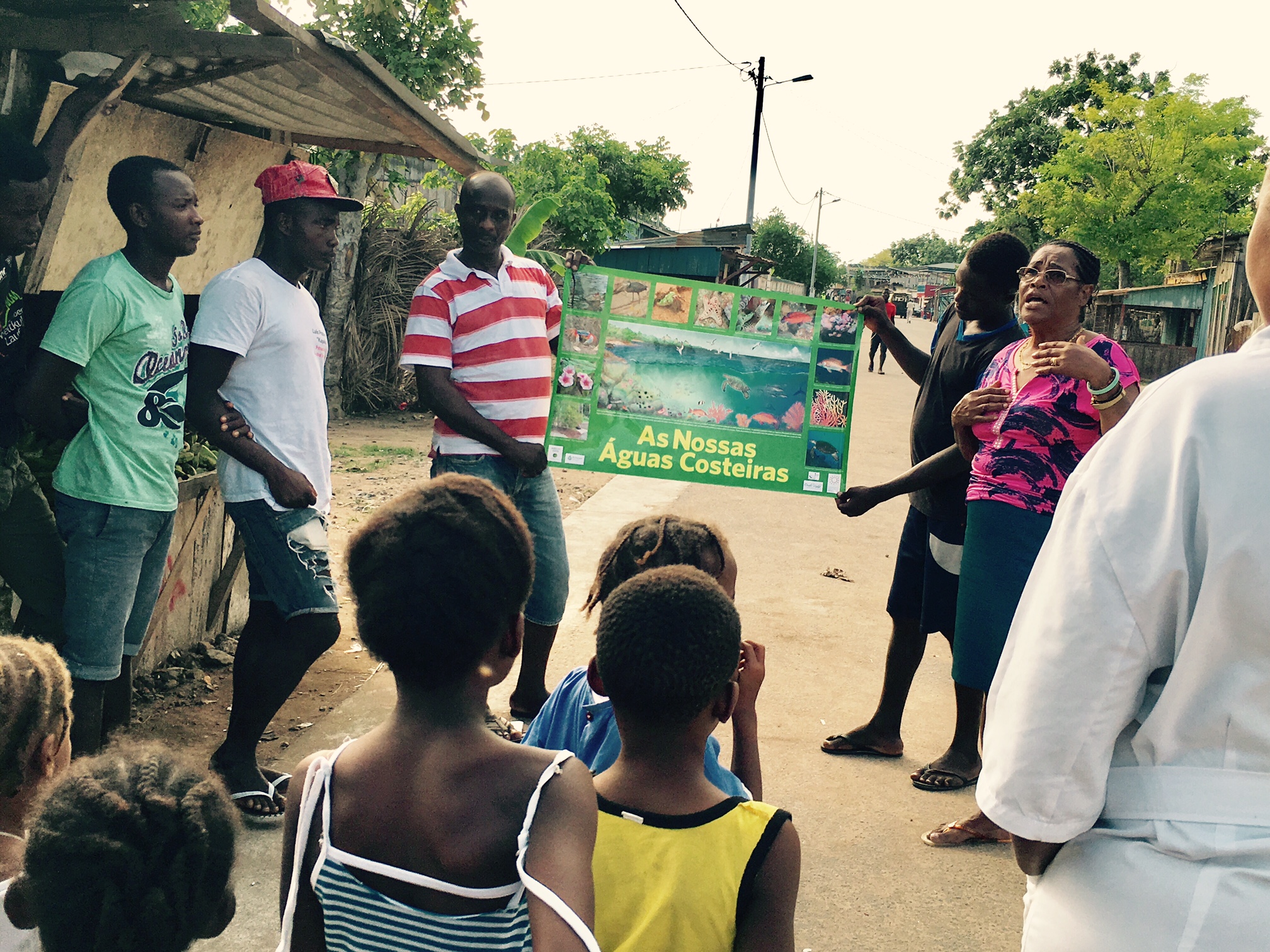




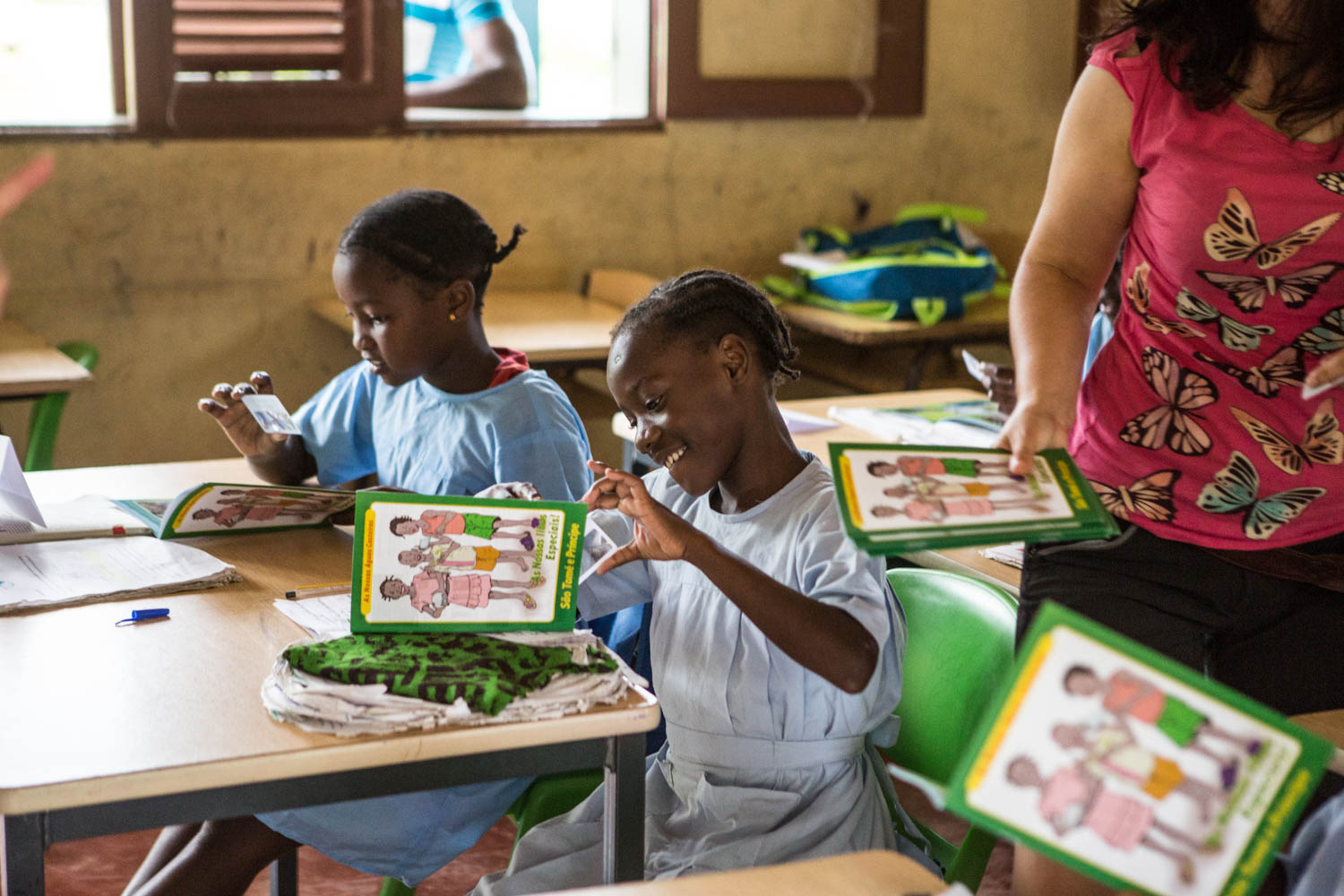
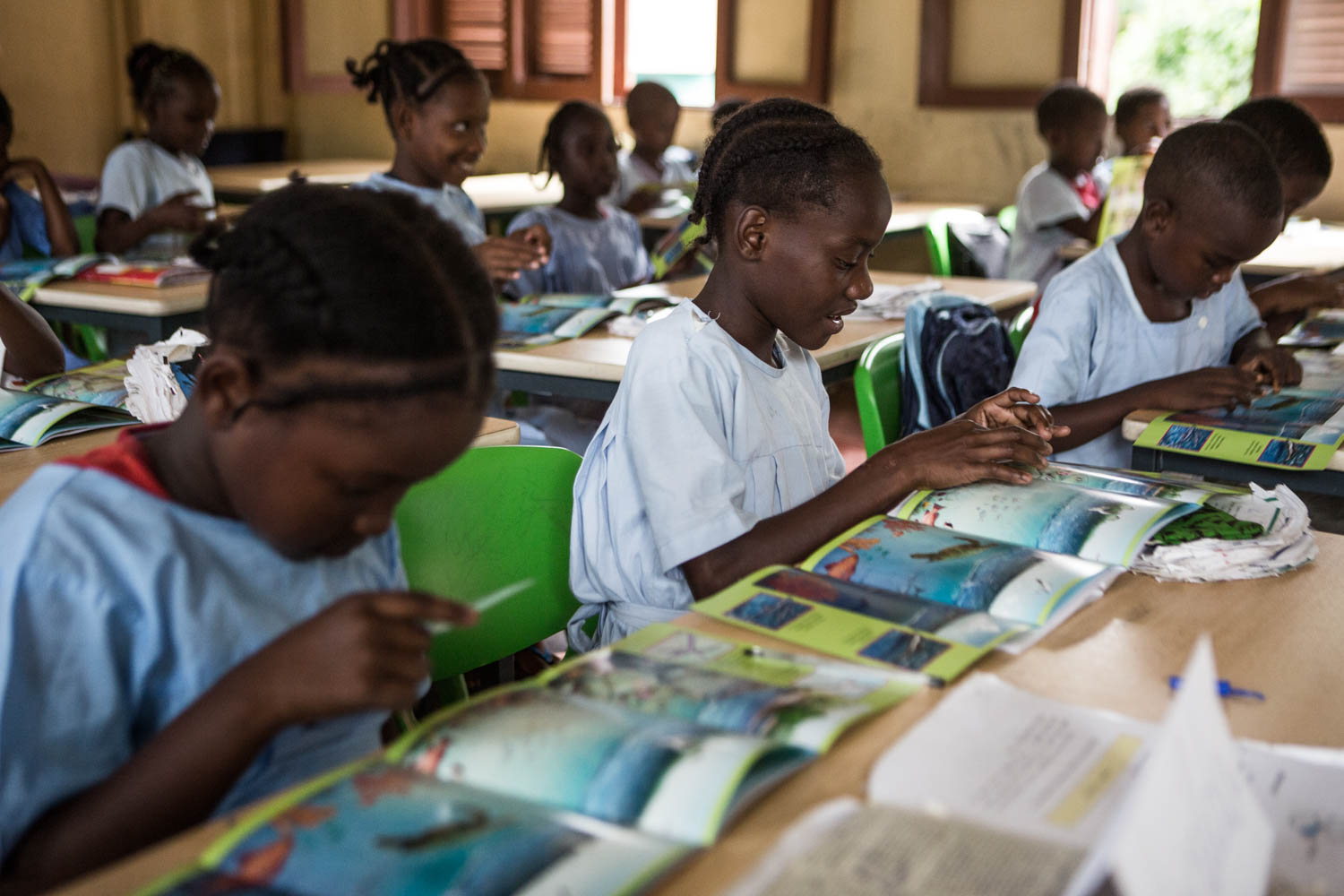


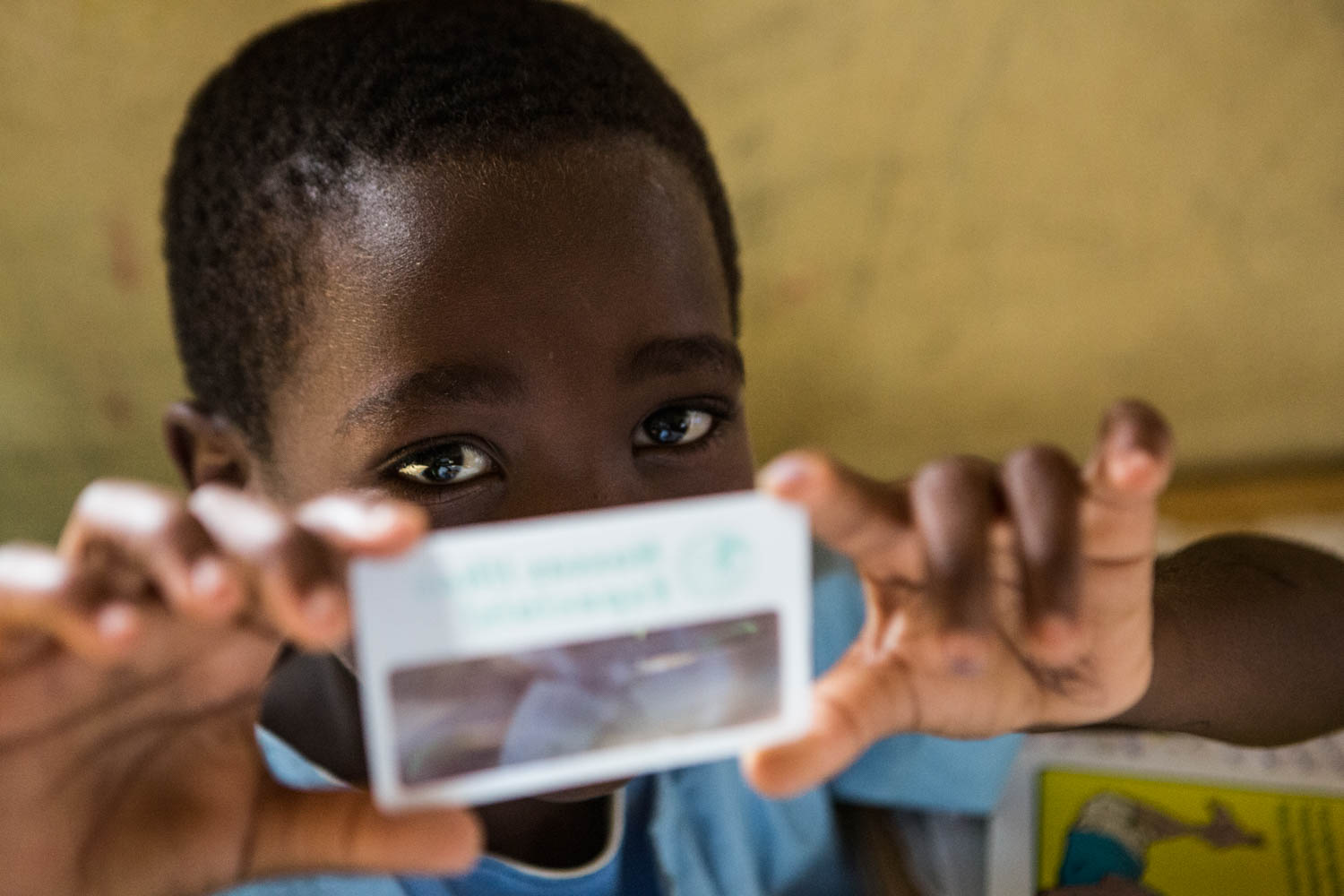
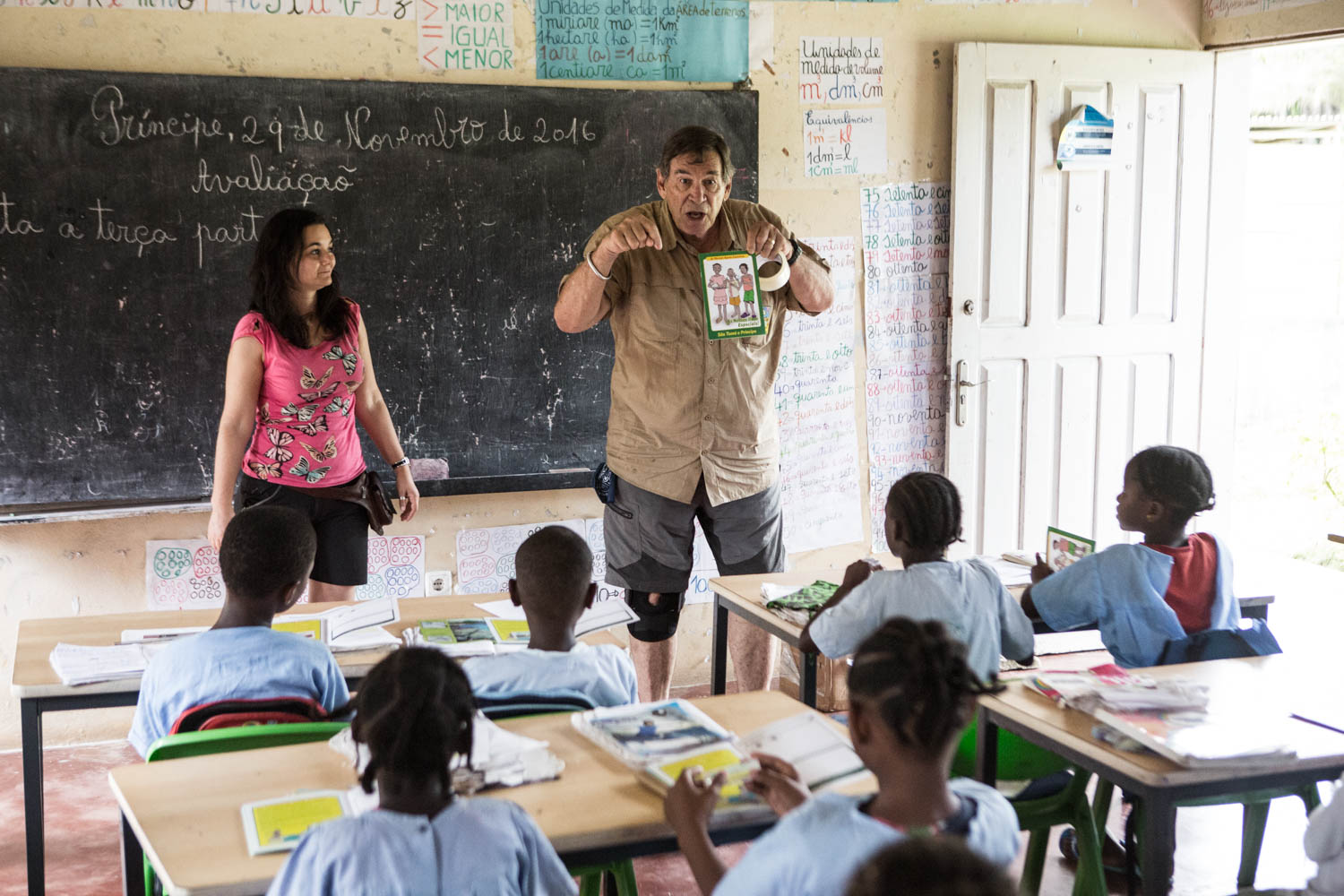

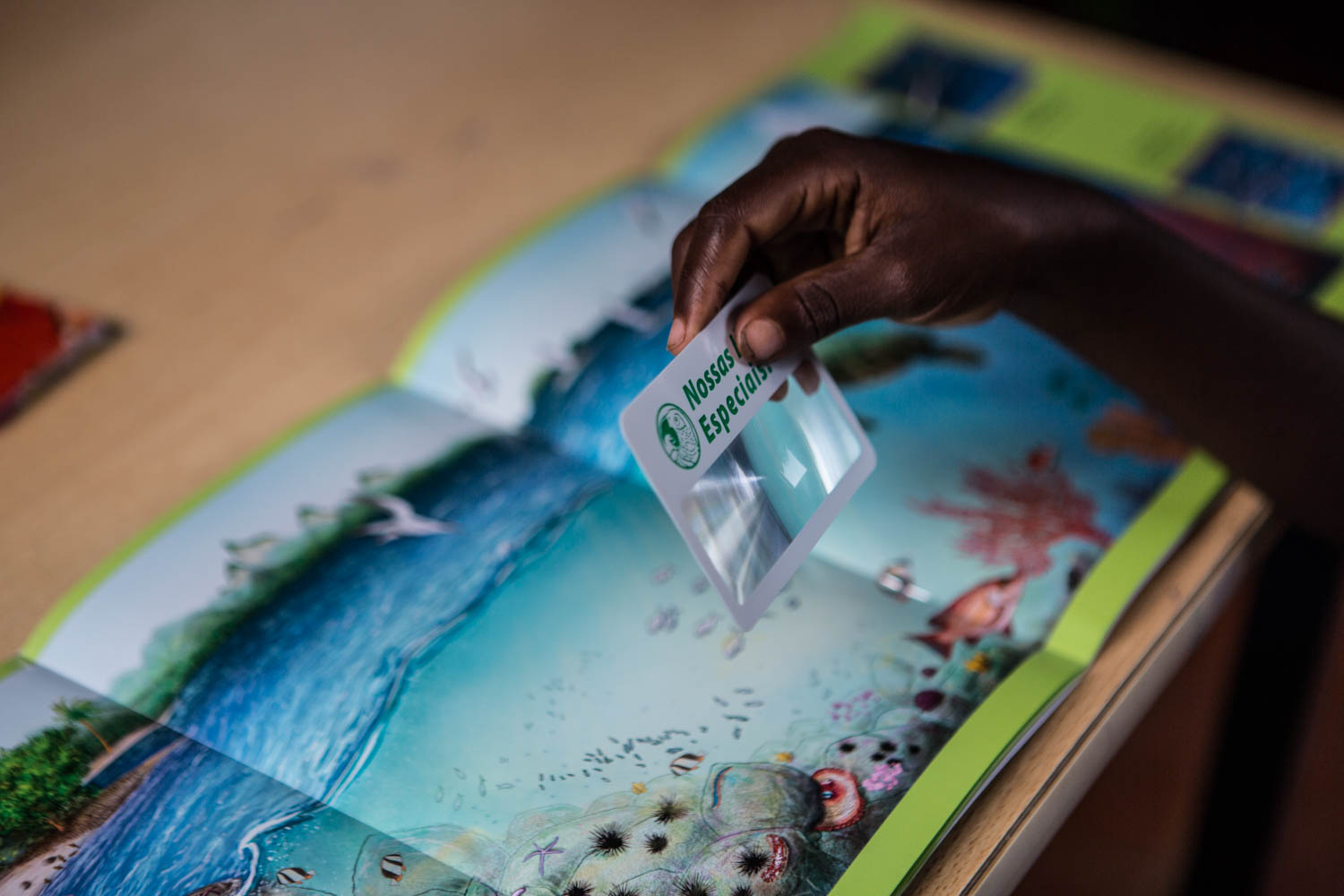


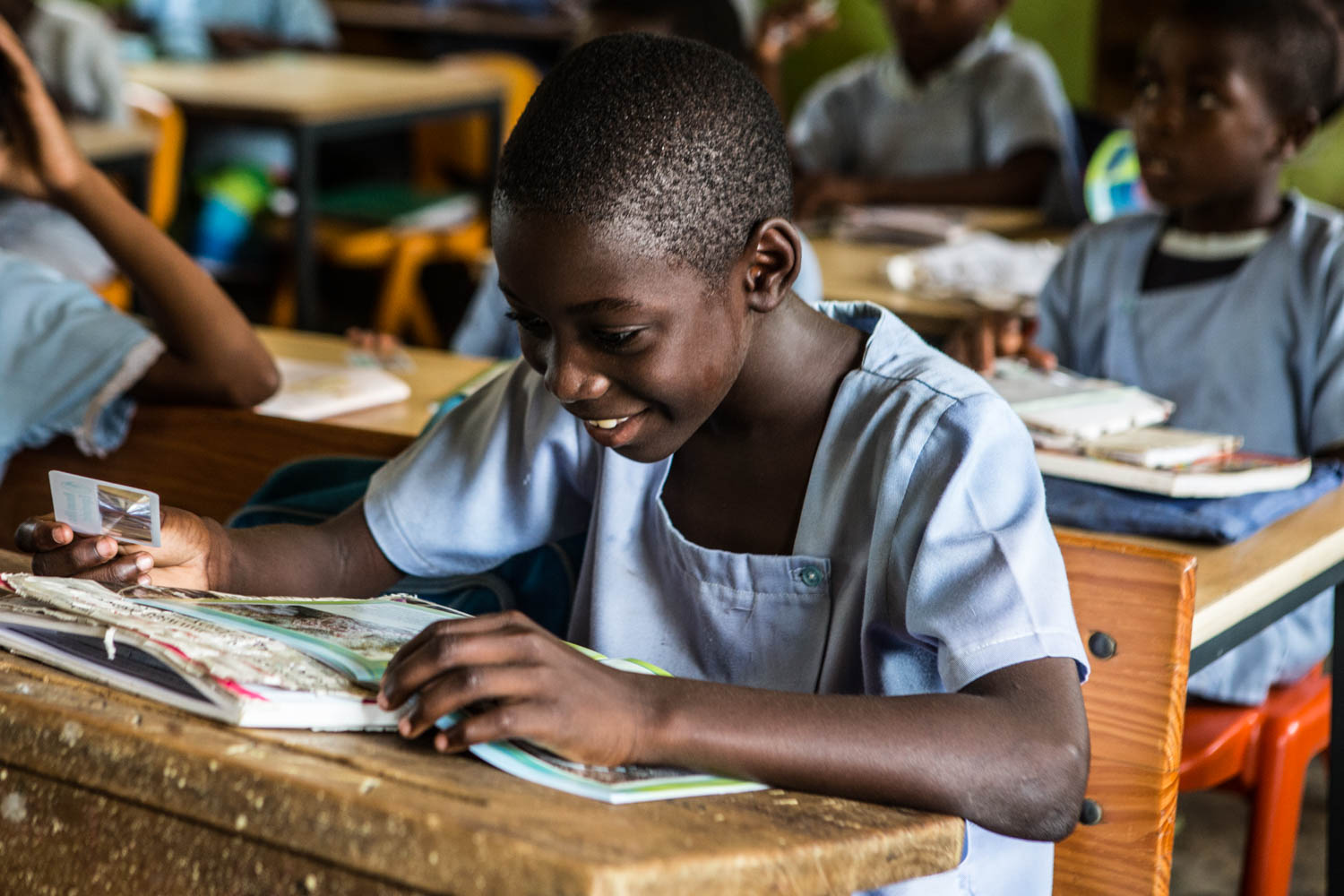


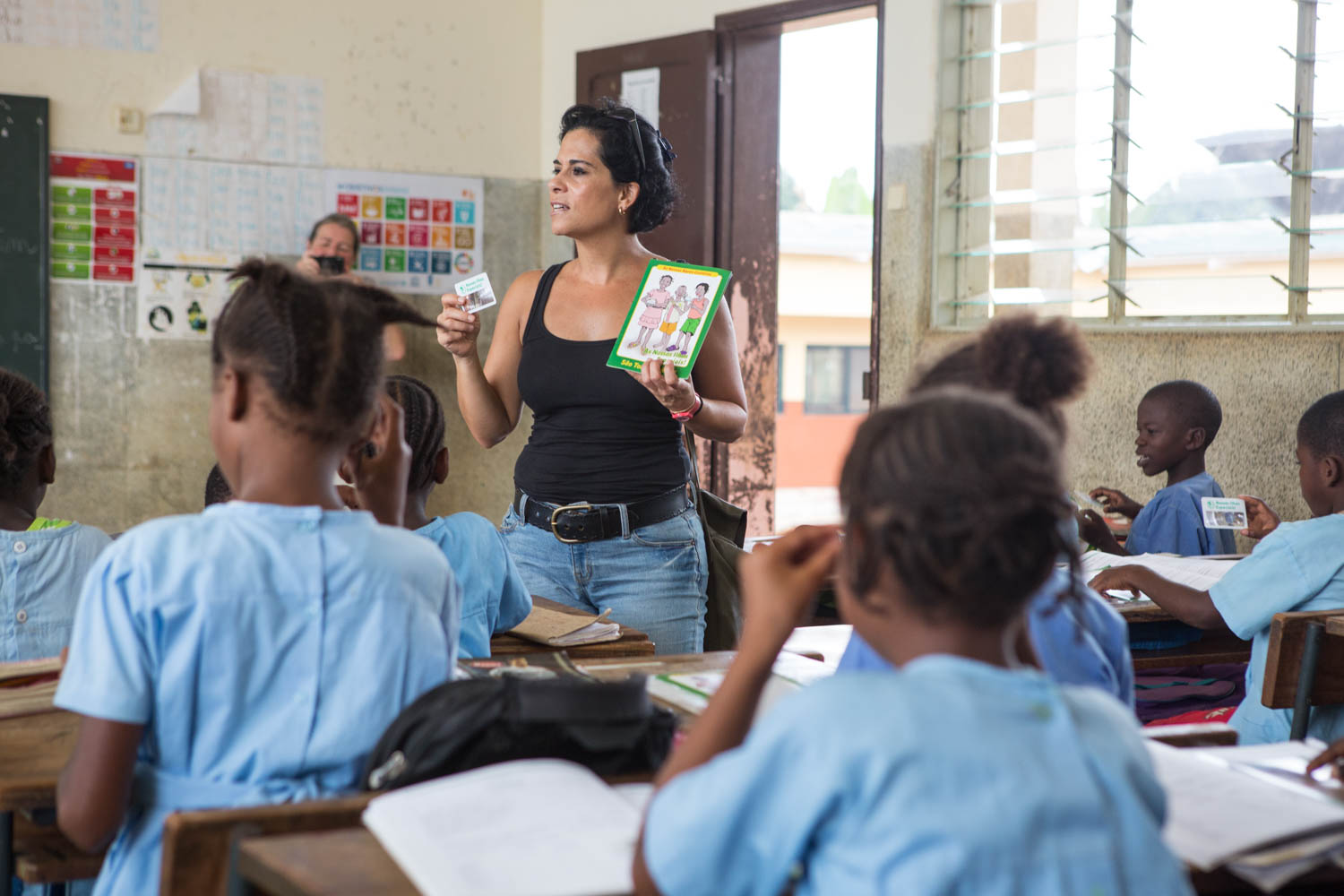



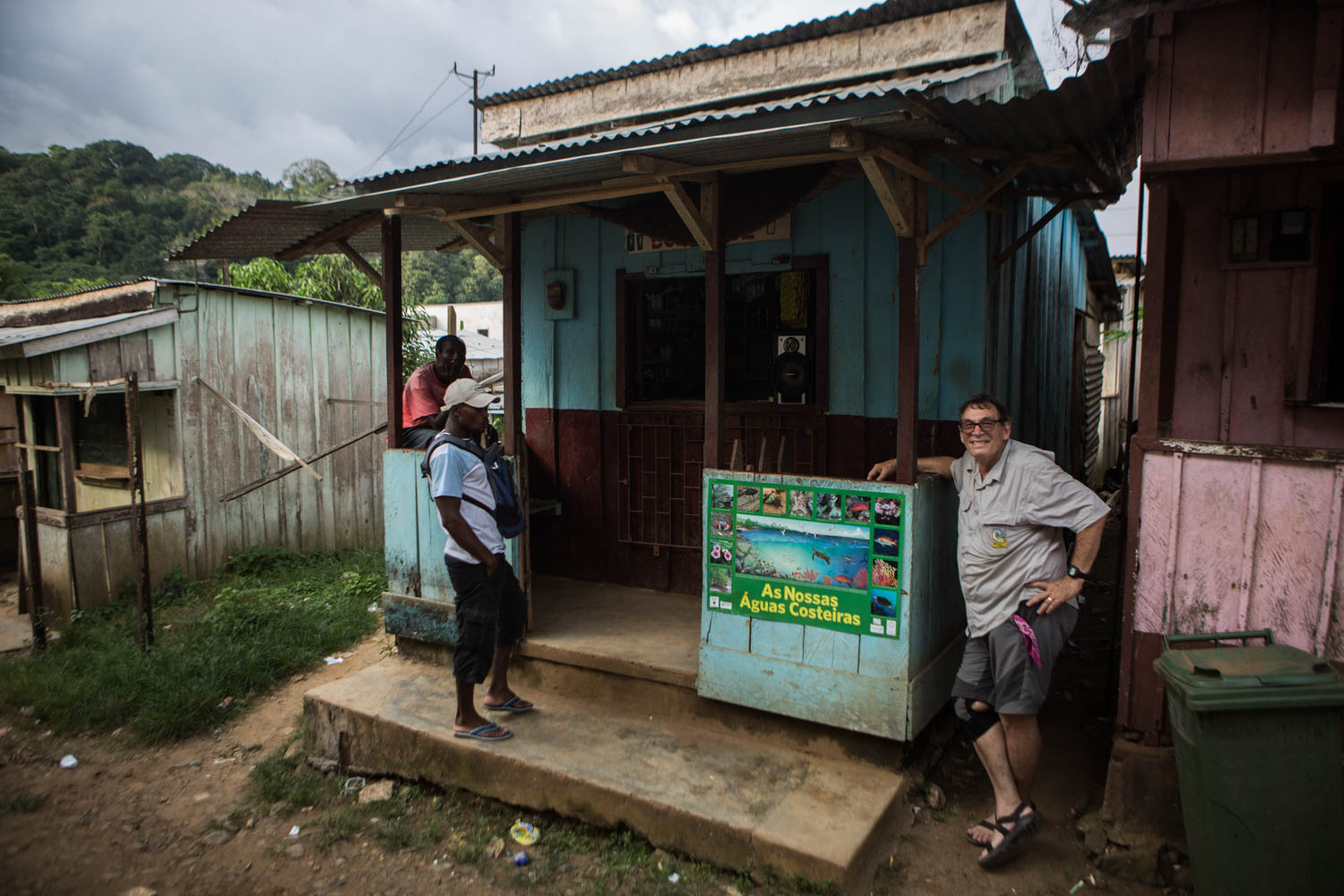

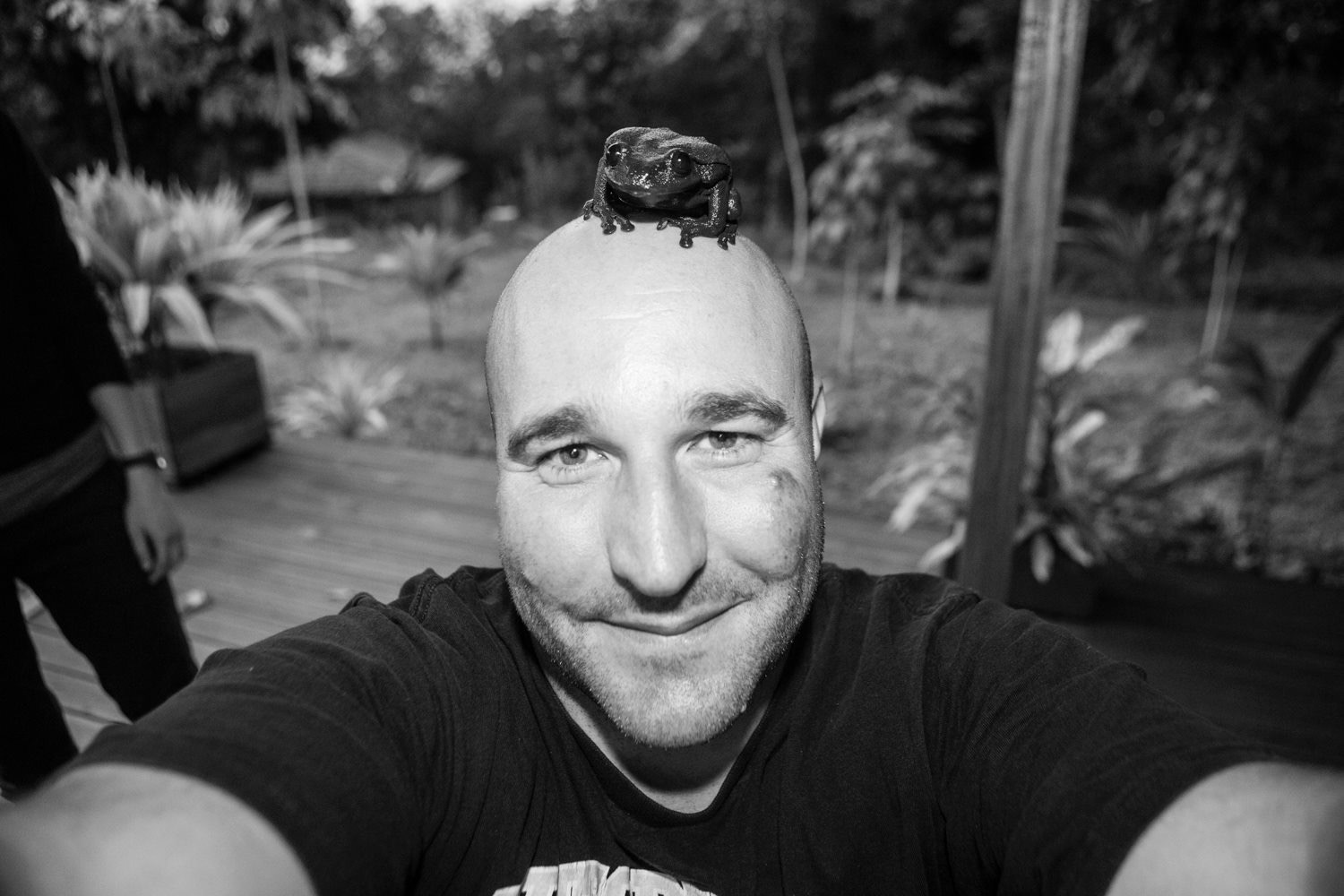























 Eurema hecabe
Eurema hecabe









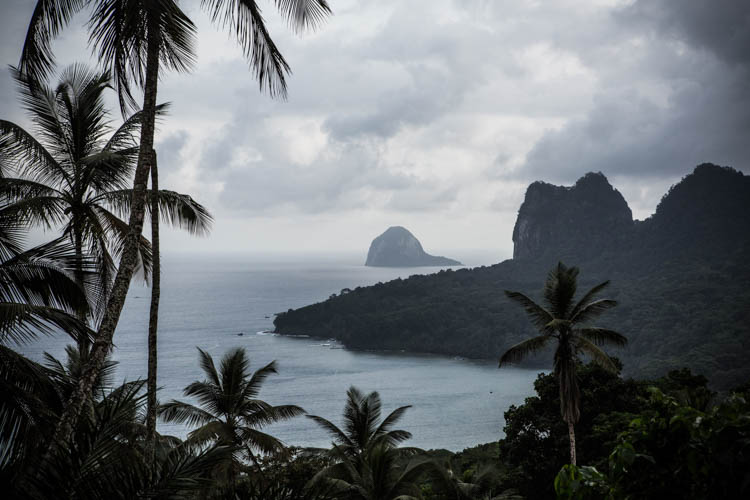









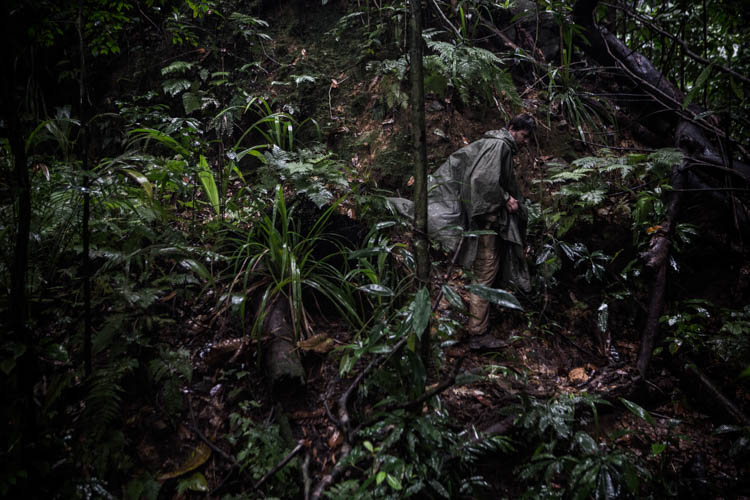

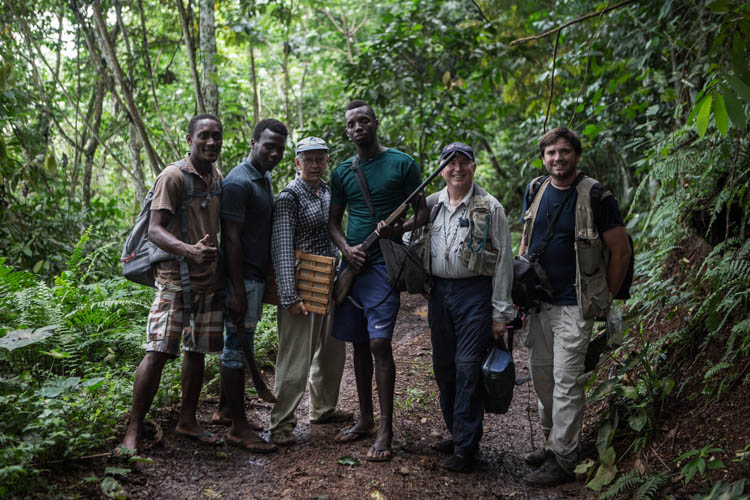

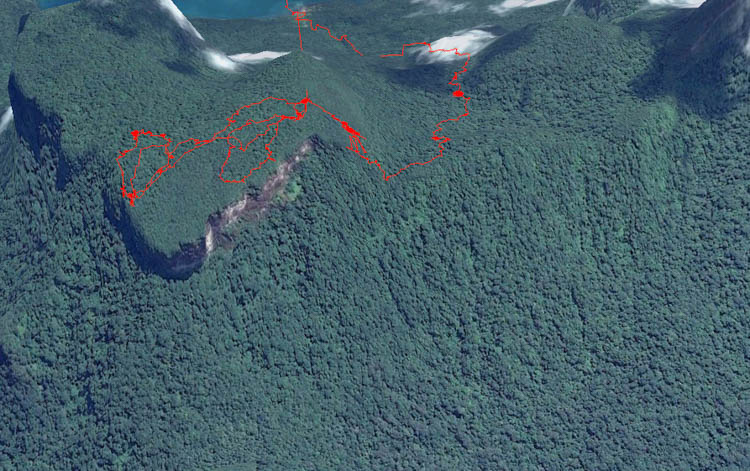

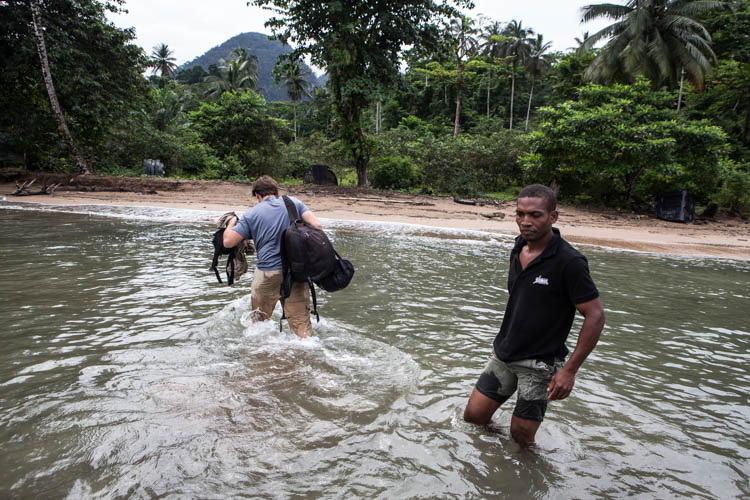
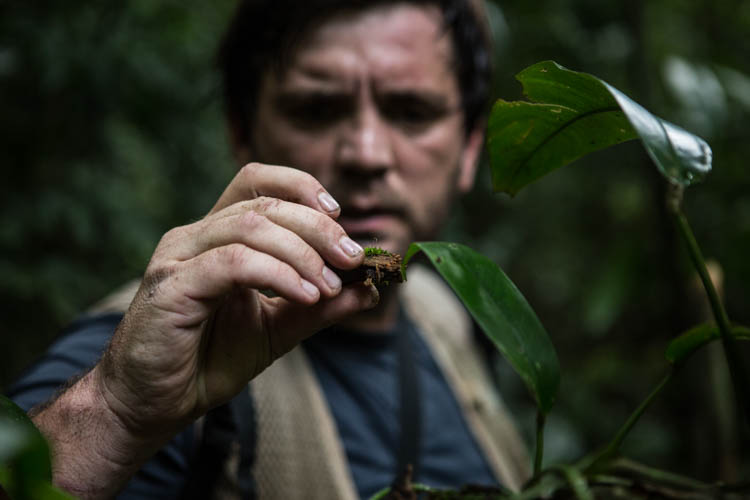

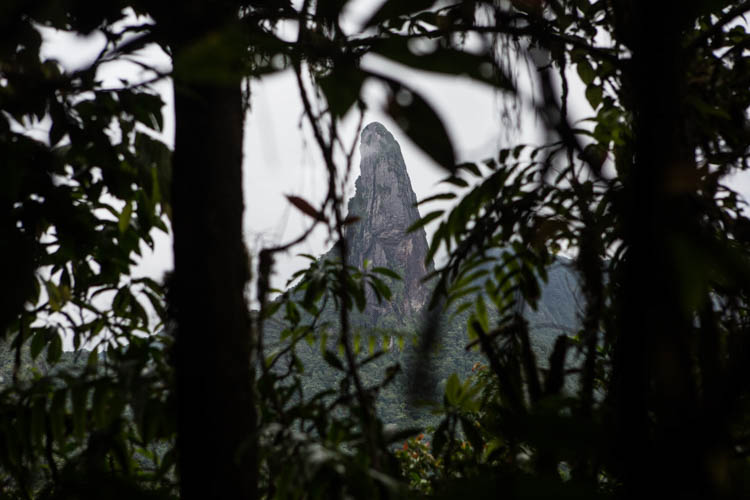


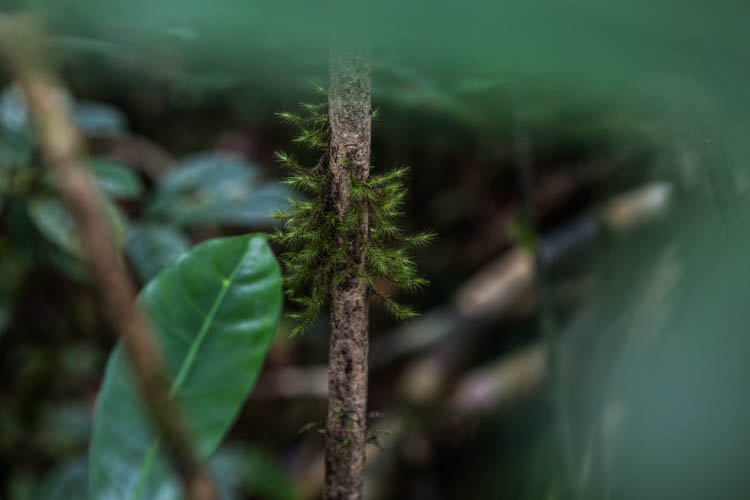
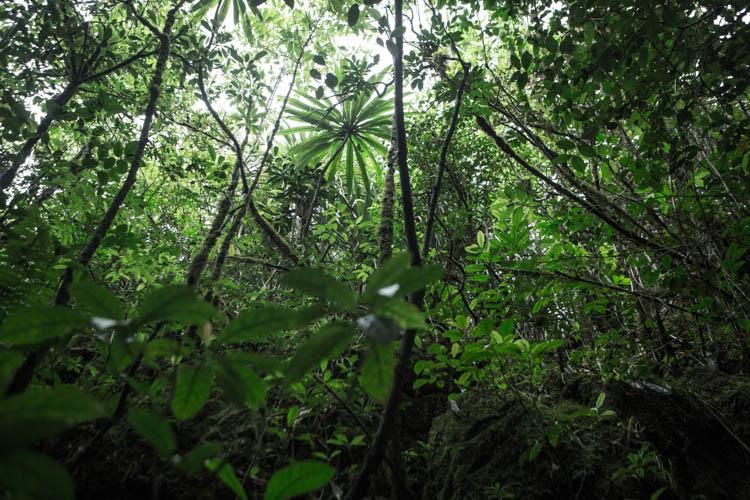
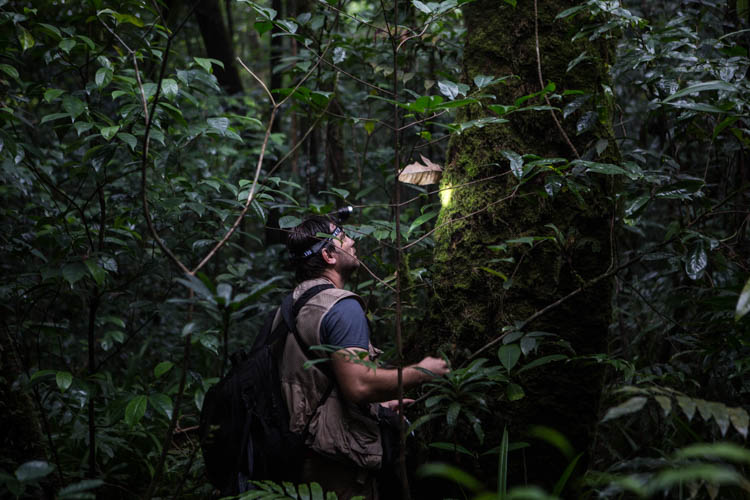


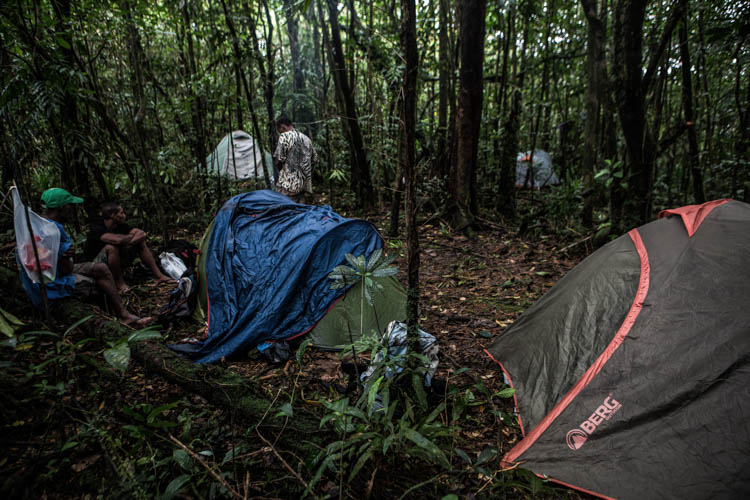


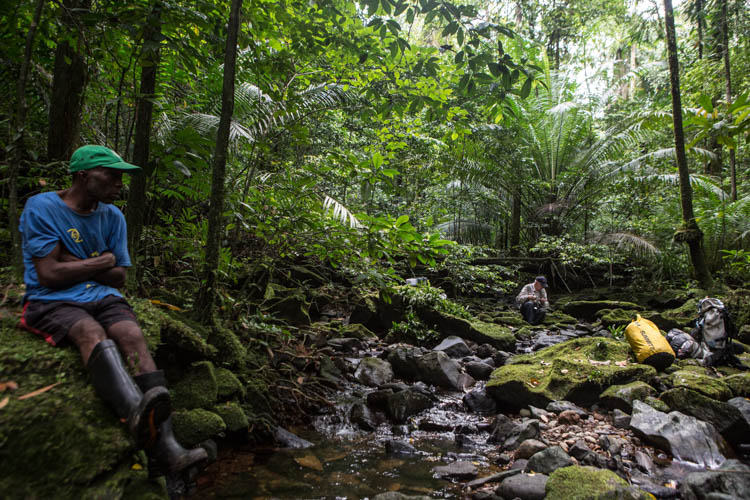


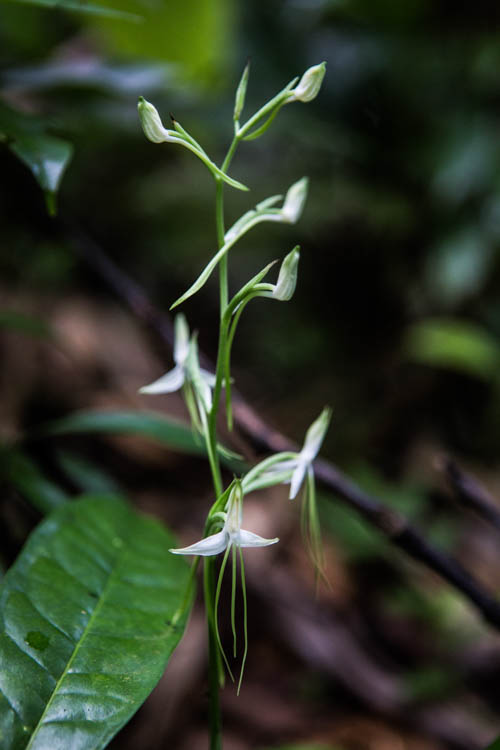
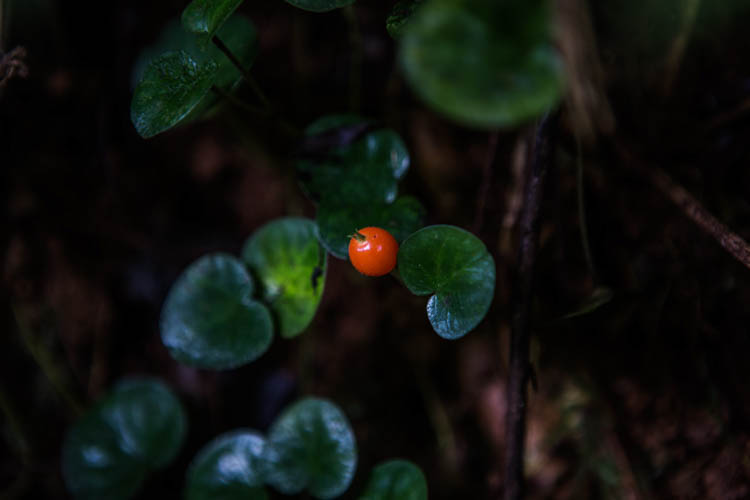
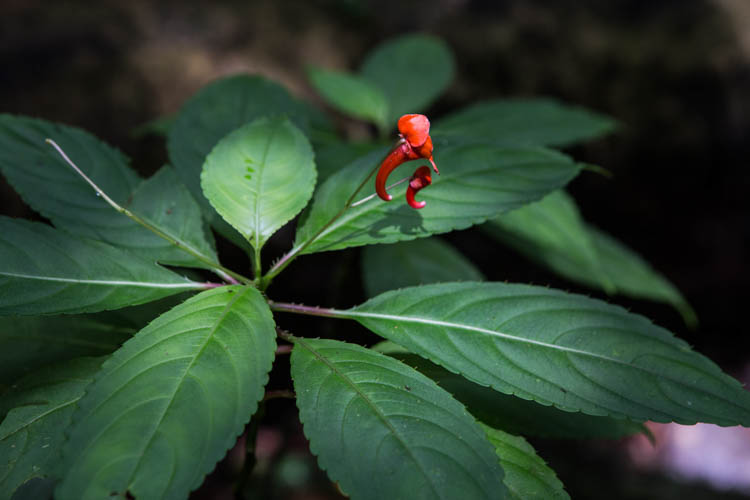
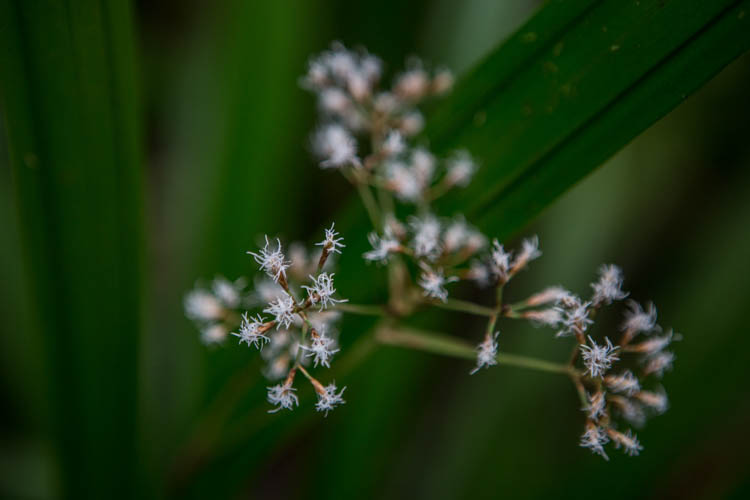

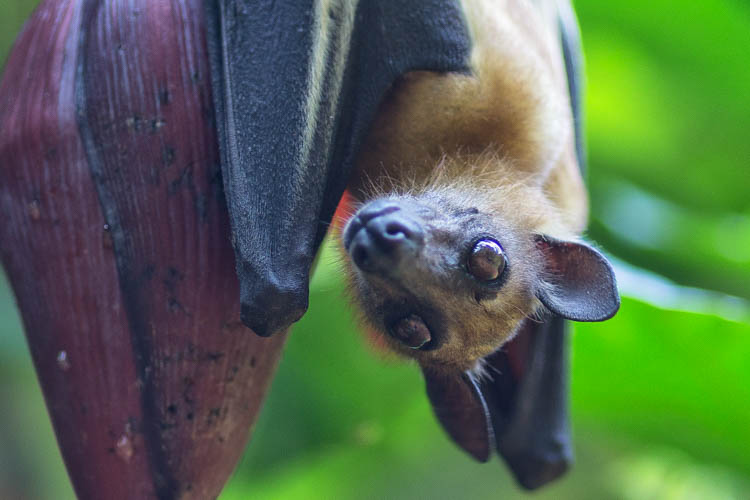 Straw-colored fruit bat (Eidolon helvum) Photo: Cesar Garcia
Straw-colored fruit bat (Eidolon helvum) Photo: Cesar Garcia